E Ink devices are transforming into more than just simple eBook readers. Some are even really just Android tablets in disguise, promising a more eye-friendly experience not just when reading books but also when surfing the Web, typing documents, or even scrolling through social media. These devices might feel like powerful e-readers, but they are a bit less impressive as Android devices exactly because of their most important feature: the slow E Ink screen. Out of nowhere, a new device has popped up promising a performance that’s almost on par with a modern Android tablet but with the same benefits of an E Ink screen, a promise that not only sounds too good to be true but will also cost you if you do decide to make the gamble.
Designer: Daylight Computer

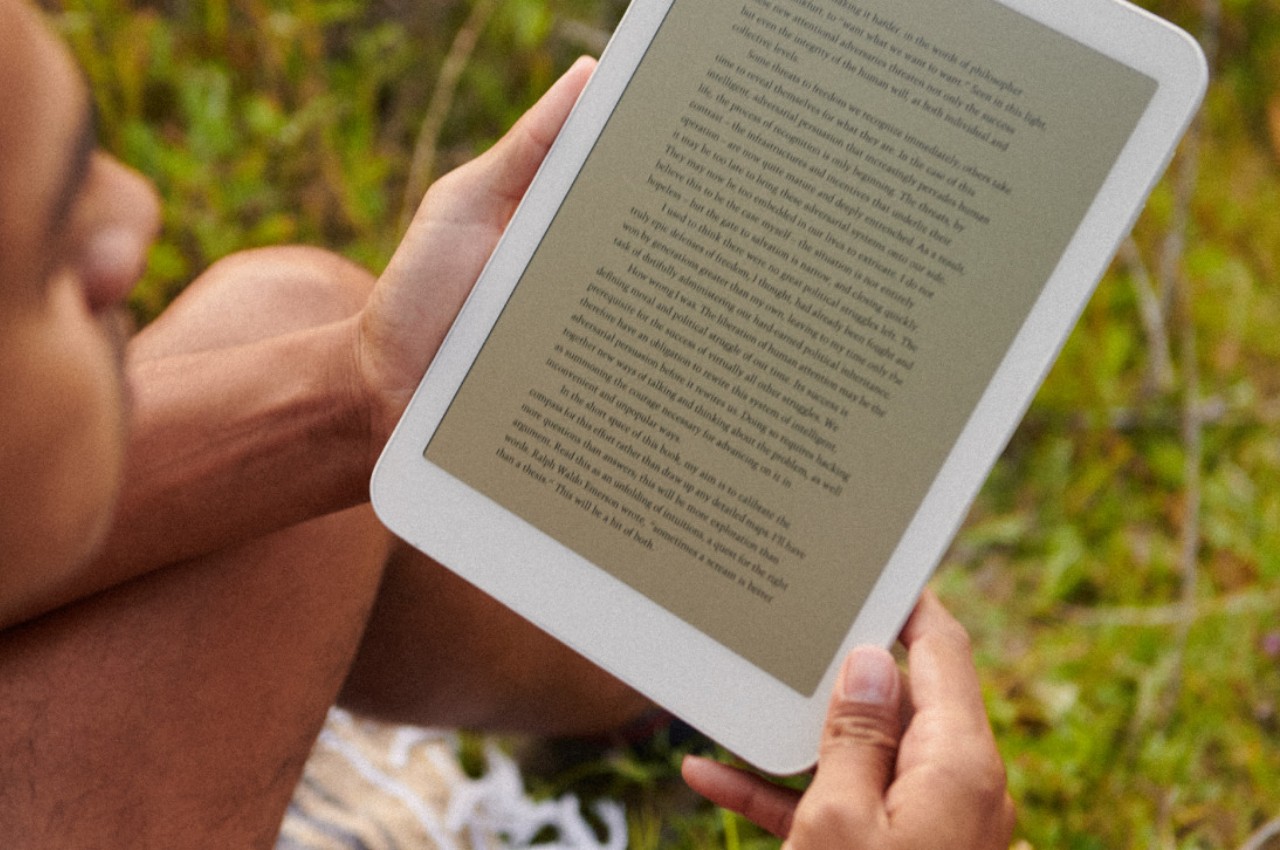
What makes E Ink screens more eye-friendly is the fact that they traditionally don’t blast your eyes with light, especially blue light that’s been associated not only with eye strain but also with skewed sleep patterns. Unfortunately, even the fastest E Ink display is exponentially slower than even the slowest LCD screen, which makes it less comfortable to use for anything that involves constantly changing content, including typing quickly on the screen.
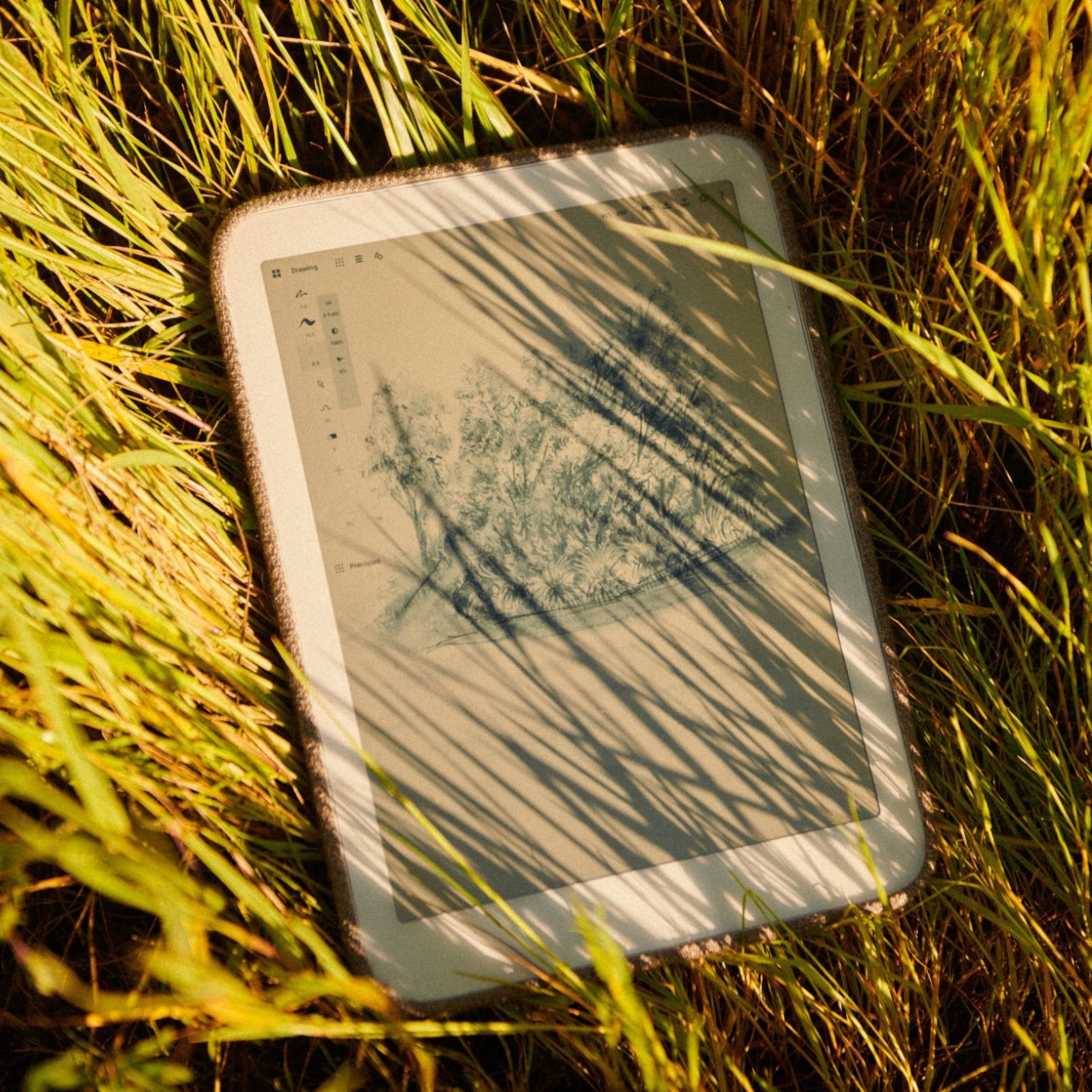

Daylight DC-1 is a new kind of tablet that tries to bridge those two worlds using a new “Live Paper” display that could be a special version of Sharp’s IGZO LCD screen. Unlike your typical display, it only shows shades of black and gray, but that’s not exactly what’s special about it. The claim is that, like ePaper screens, it doesn’t emit blue light, it can be viewed under direct sunlight, and is easy on the eyes. In the dark, it can use an amber-colored backlight that is still less straining than regular white light. Unlike ePaper screens, however, it can support a refresh rate of 60Hz, which is what most Android tablets can do at the bare minimum. Technically, it can go up to 120Hz, but that still depends on software support.
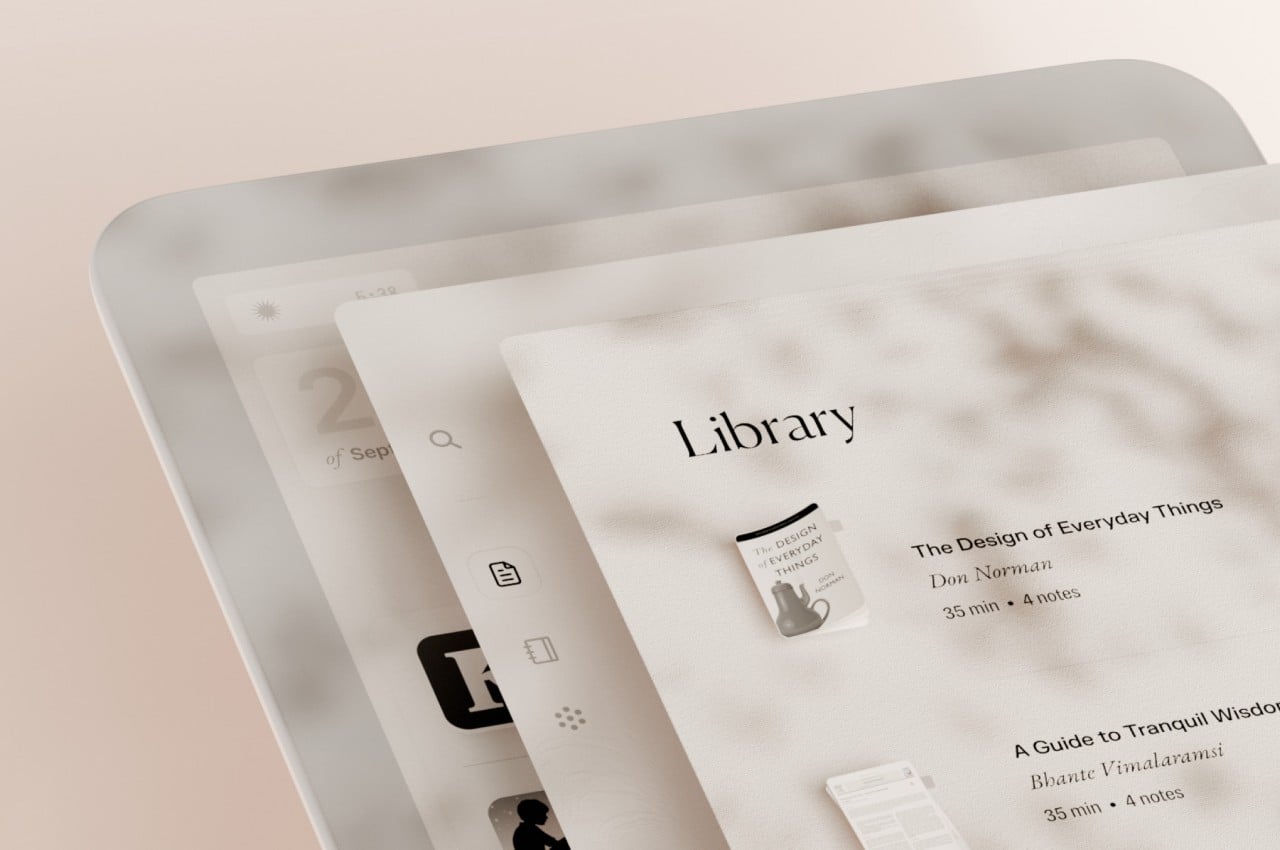
That software is a custom version of Android, so this device should be able to run any Android app, though there’s no word on whether it supports Google Play Store. the Daylight DC-1 definitely makes big promises, which is basically a watered-down, eye-friendly Android tablet experience. It can do almost anything, whether that’s typing a novel or scribbling notes with the included Wacom-powered pen. It really bridges the gap between regular Android tablets and this new breed of Android-powered E Ink readers.
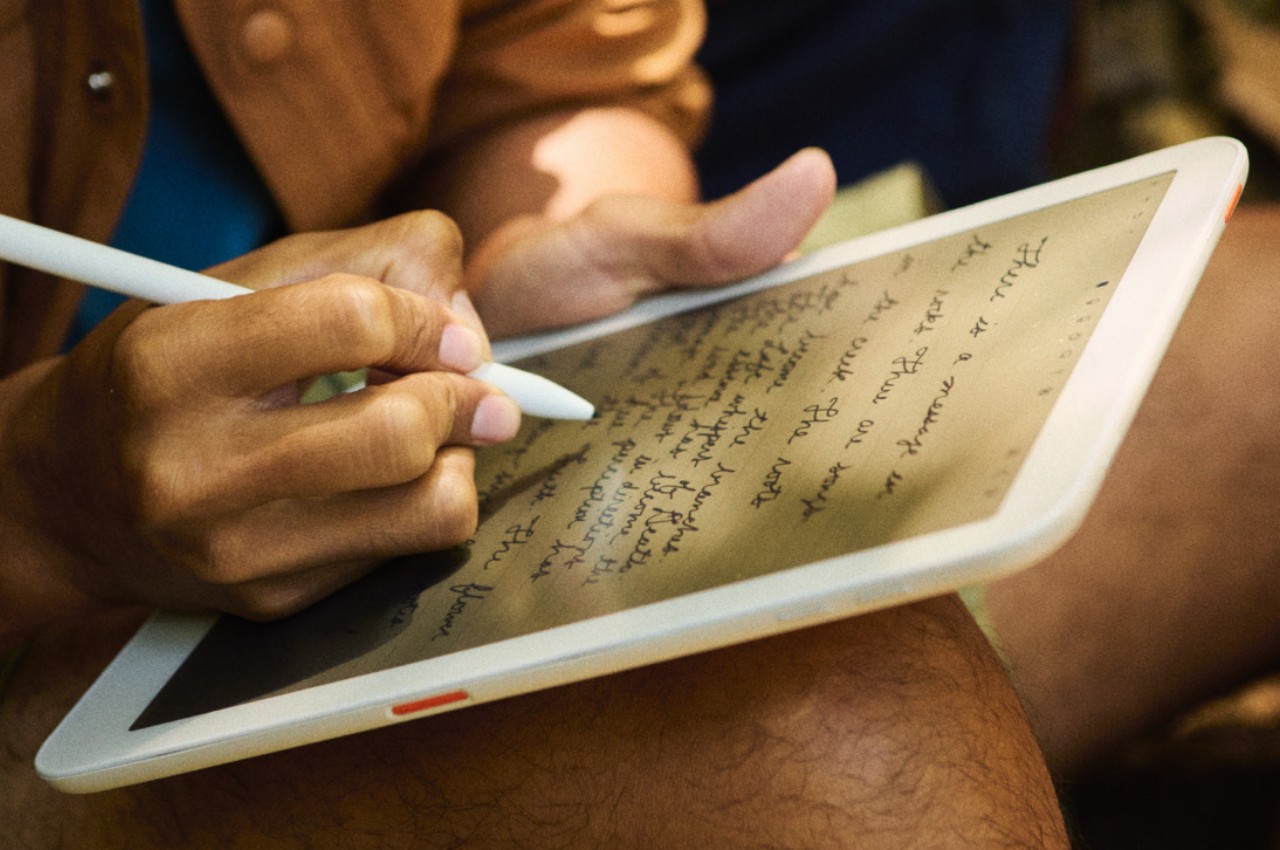
There is, of course, a catch, and it’s a pretty big one. The device costs $729, and that’s only a pre-order for a device that’s still scheduled to ship later this year. That’s a pretty steep price coming from a brand that popped up almost out of nowhere. The theory does sound, well, sound, and the promises are definitely tempting, but these are very high stakes for a device that has yet to actually prove that theory out in the wild.
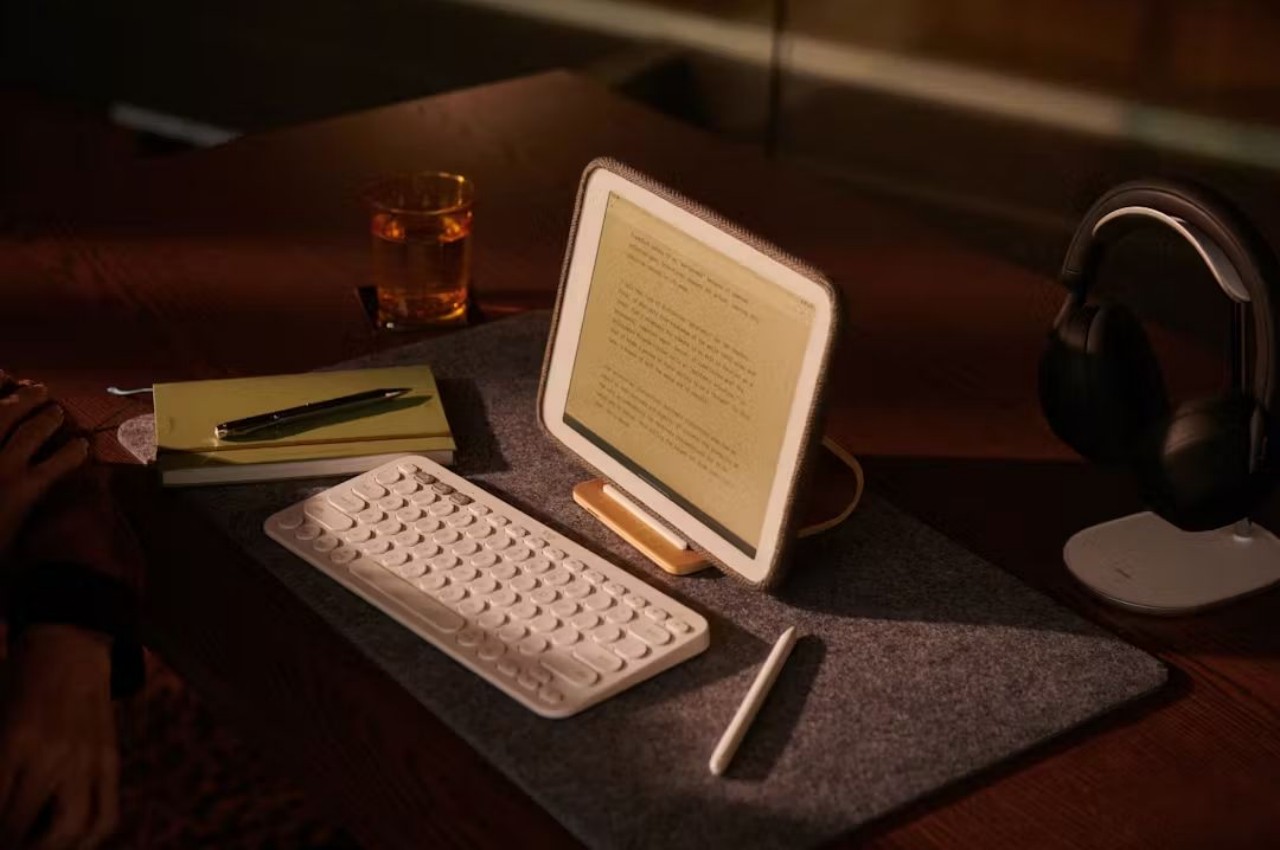
The post Android tablet with monochrome LCD screen has a different fix for tired eyes first appeared on Yanko Design.
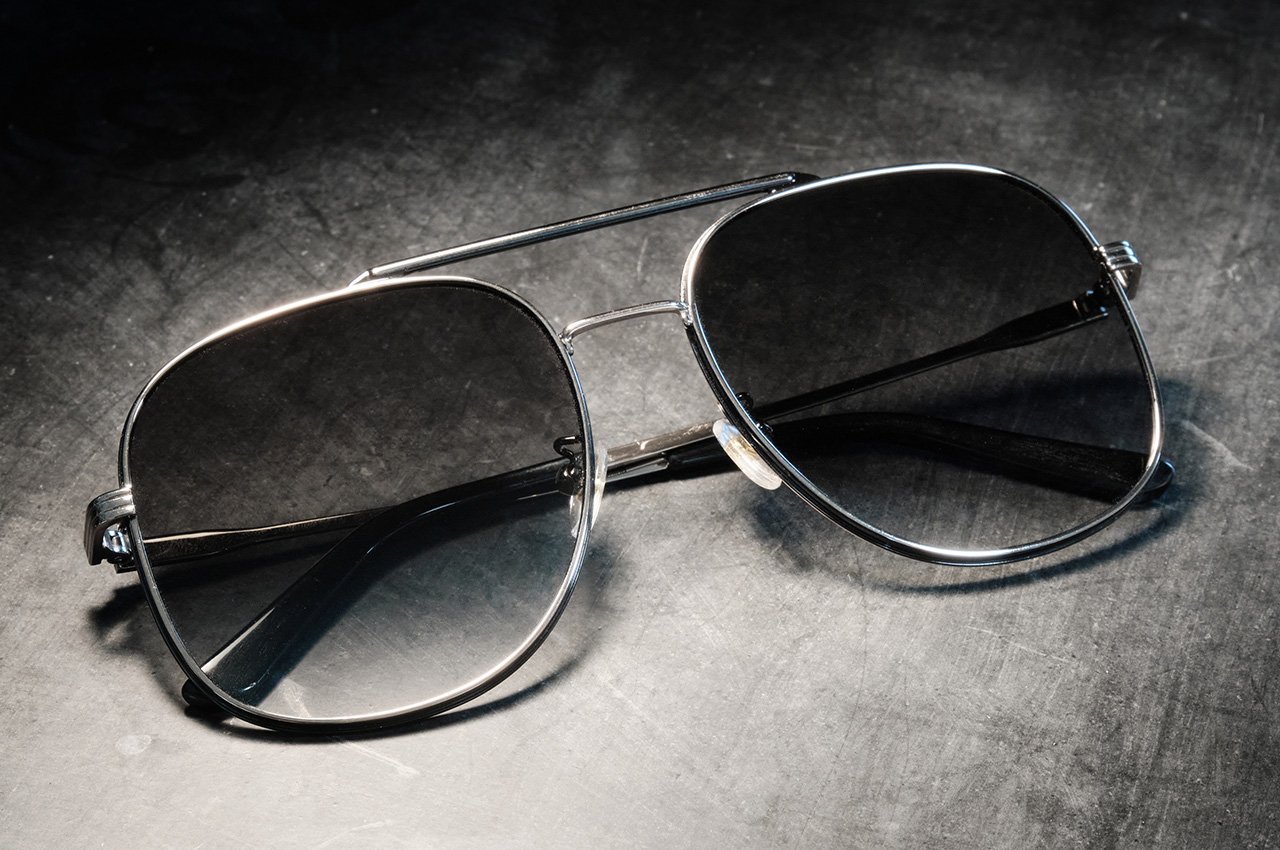
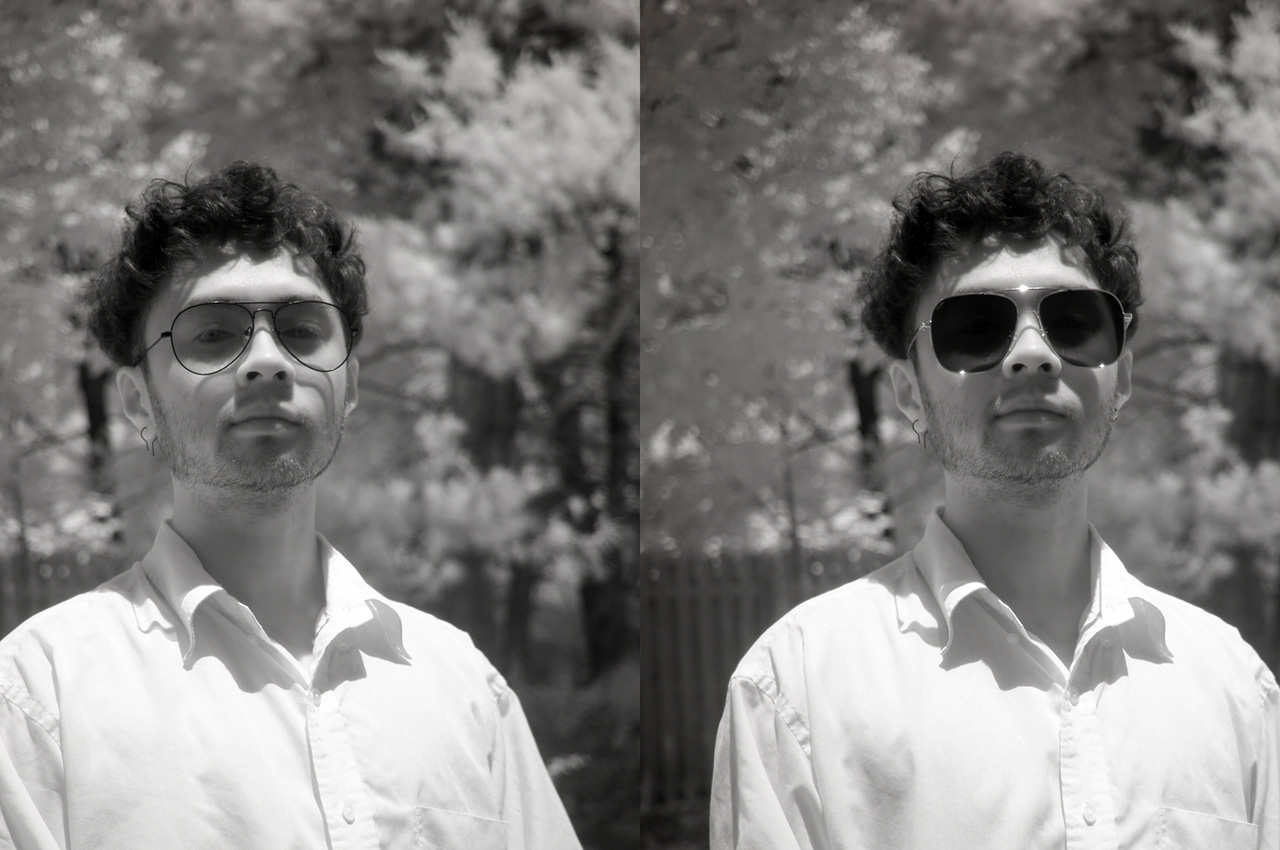


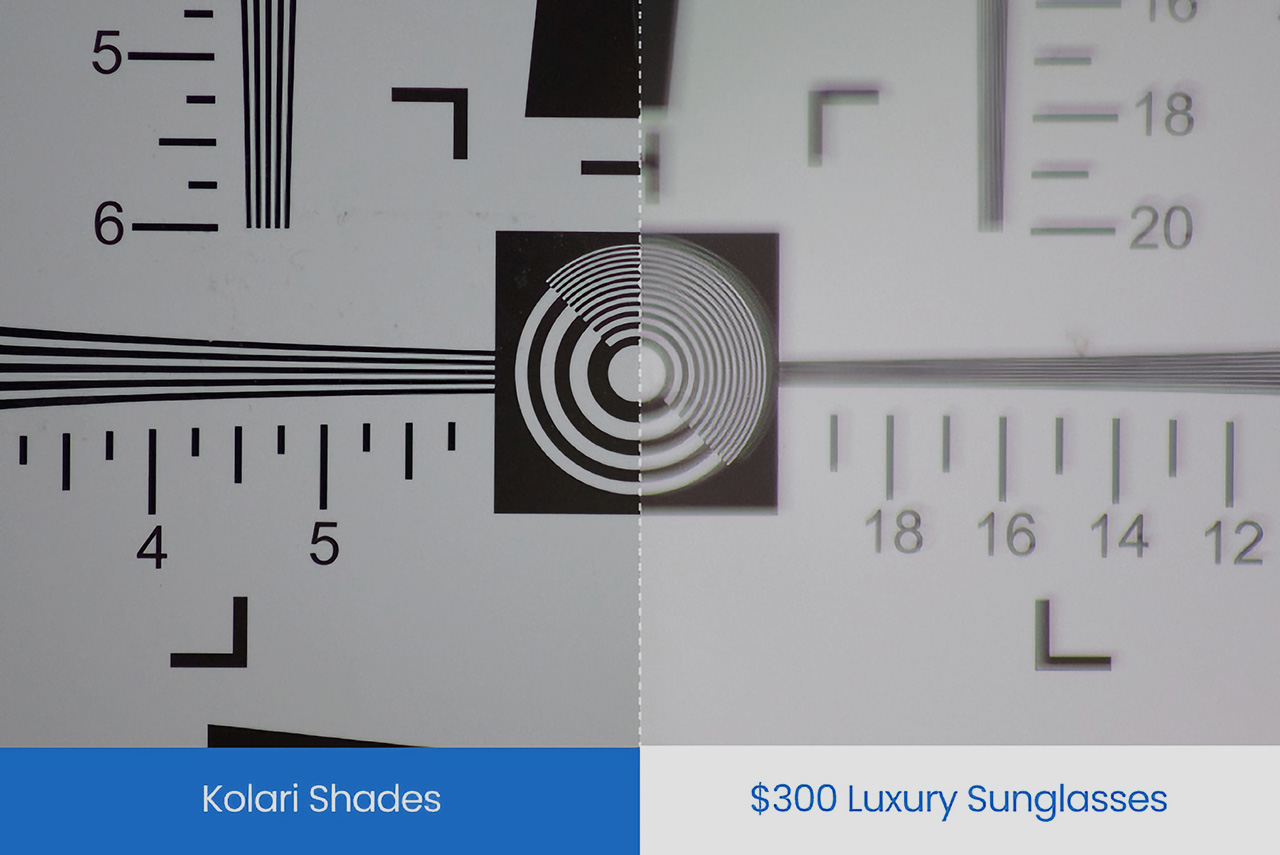

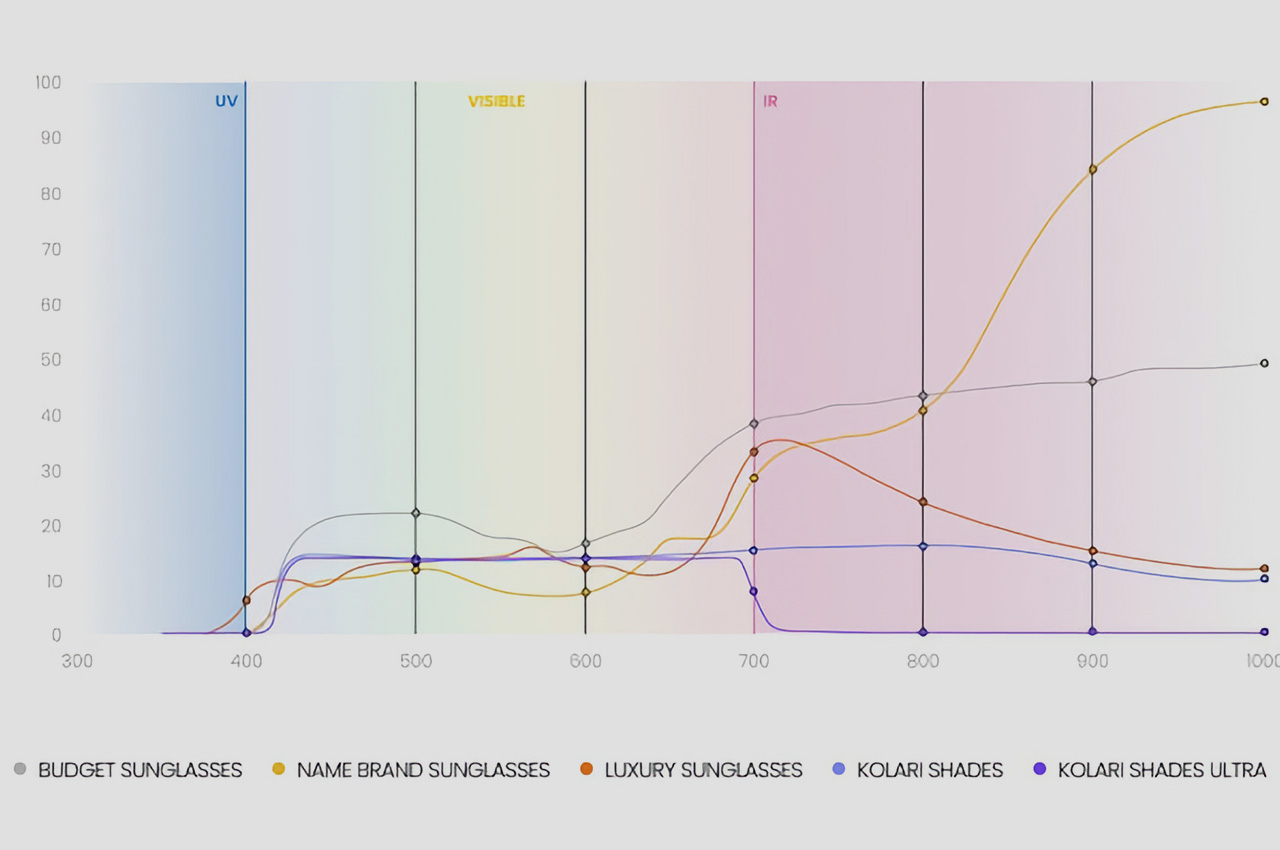


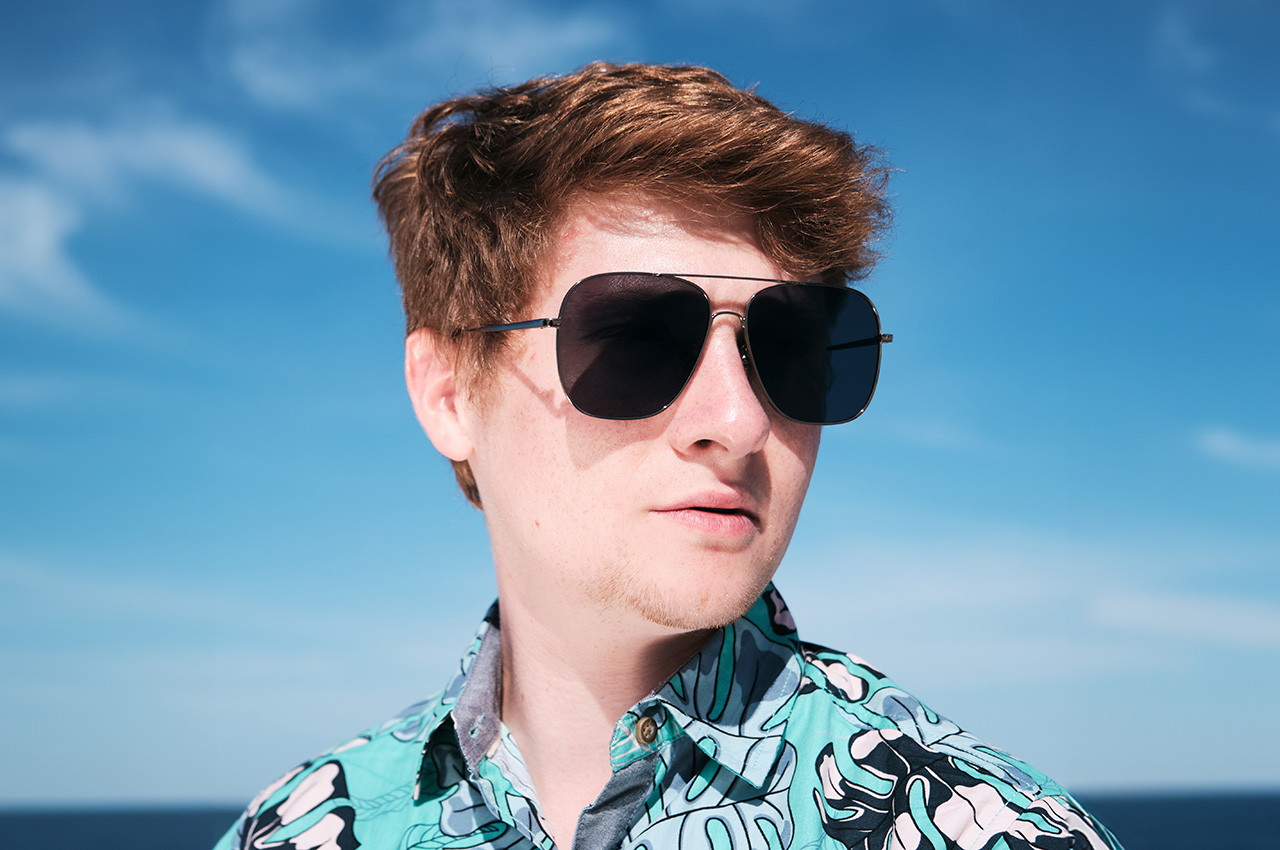
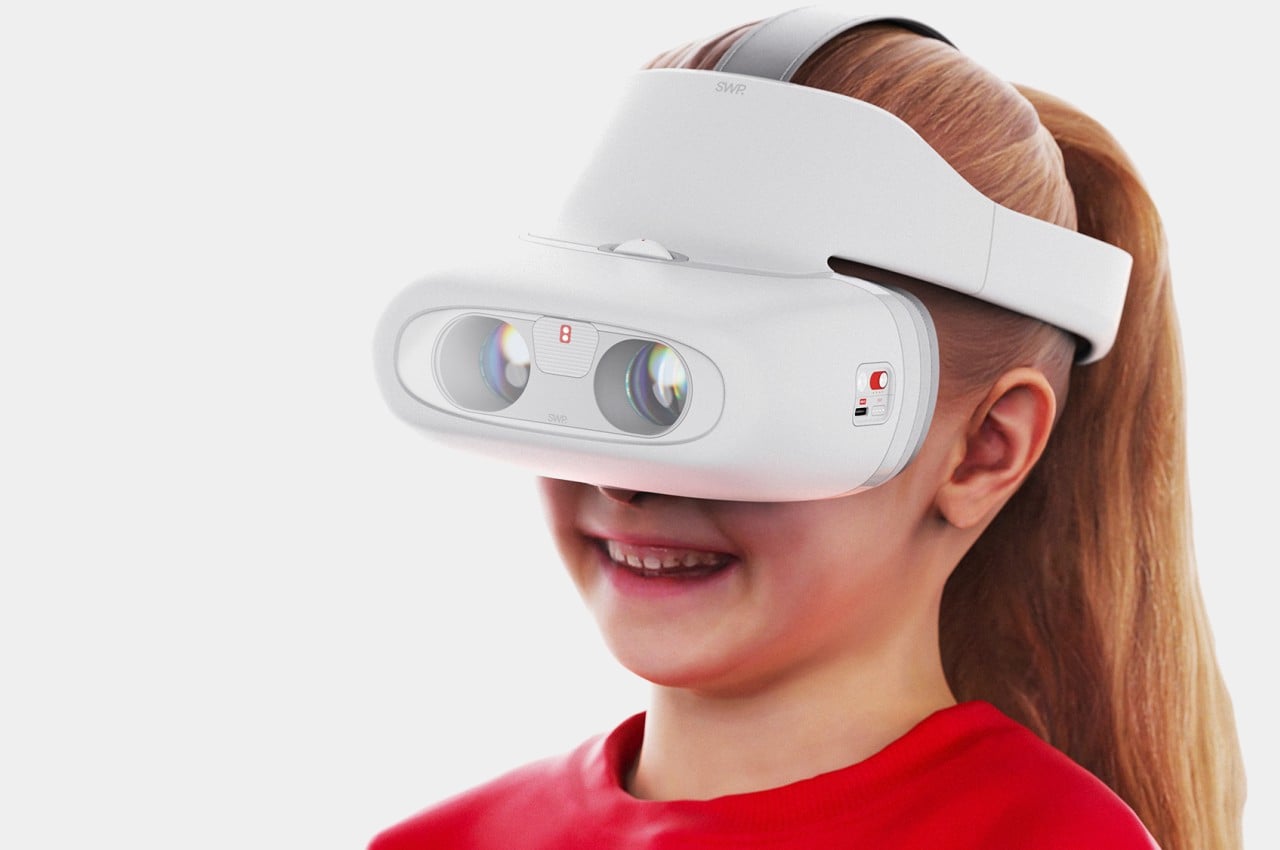
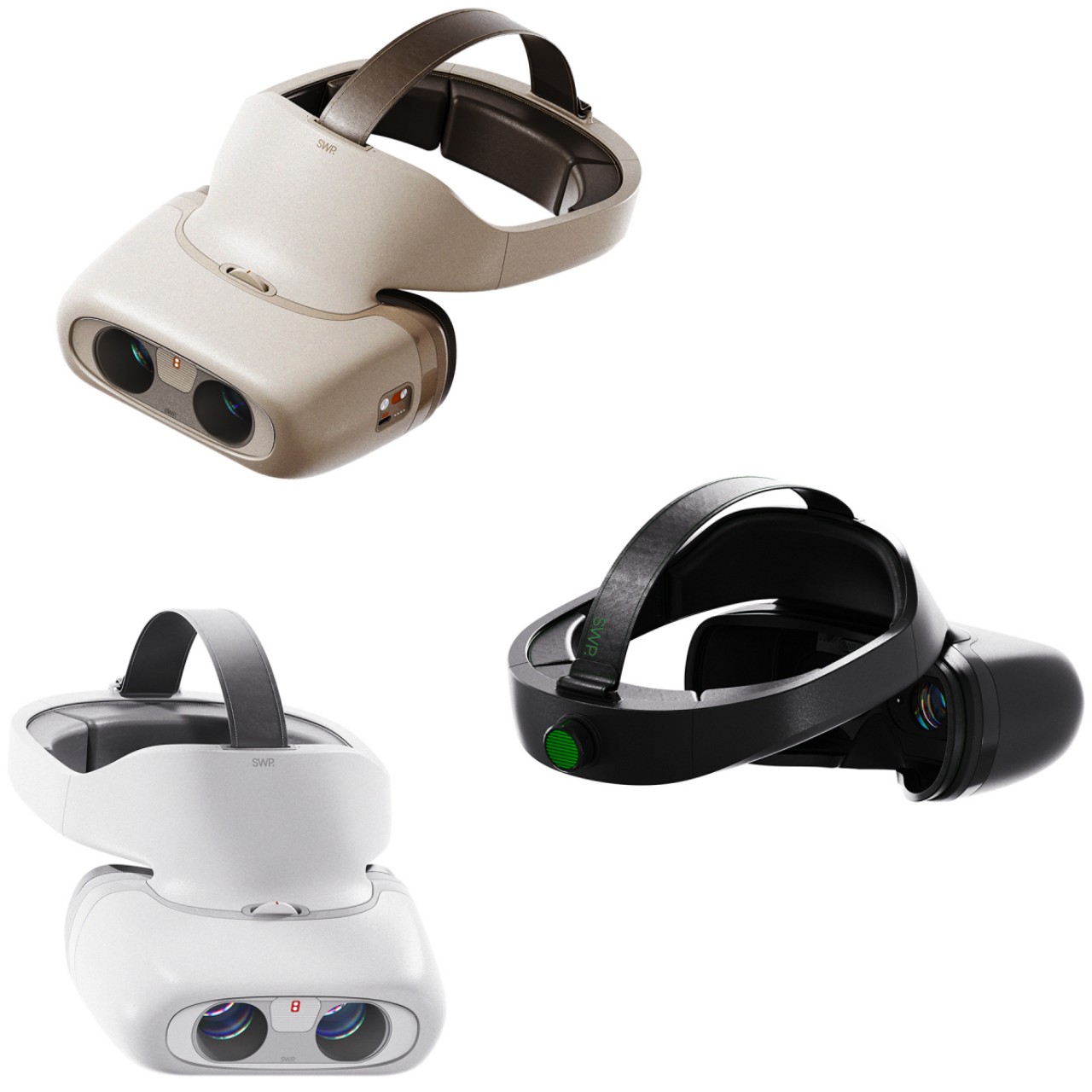
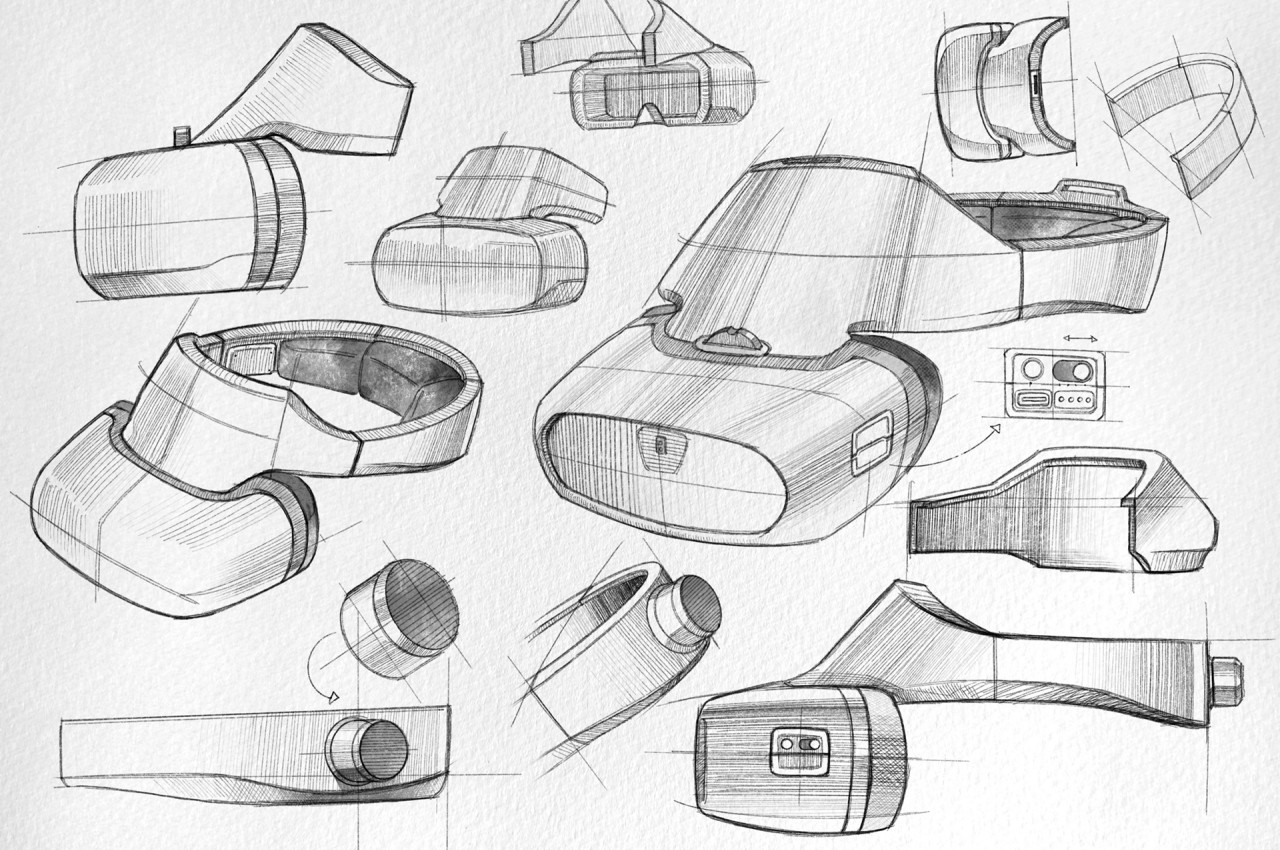
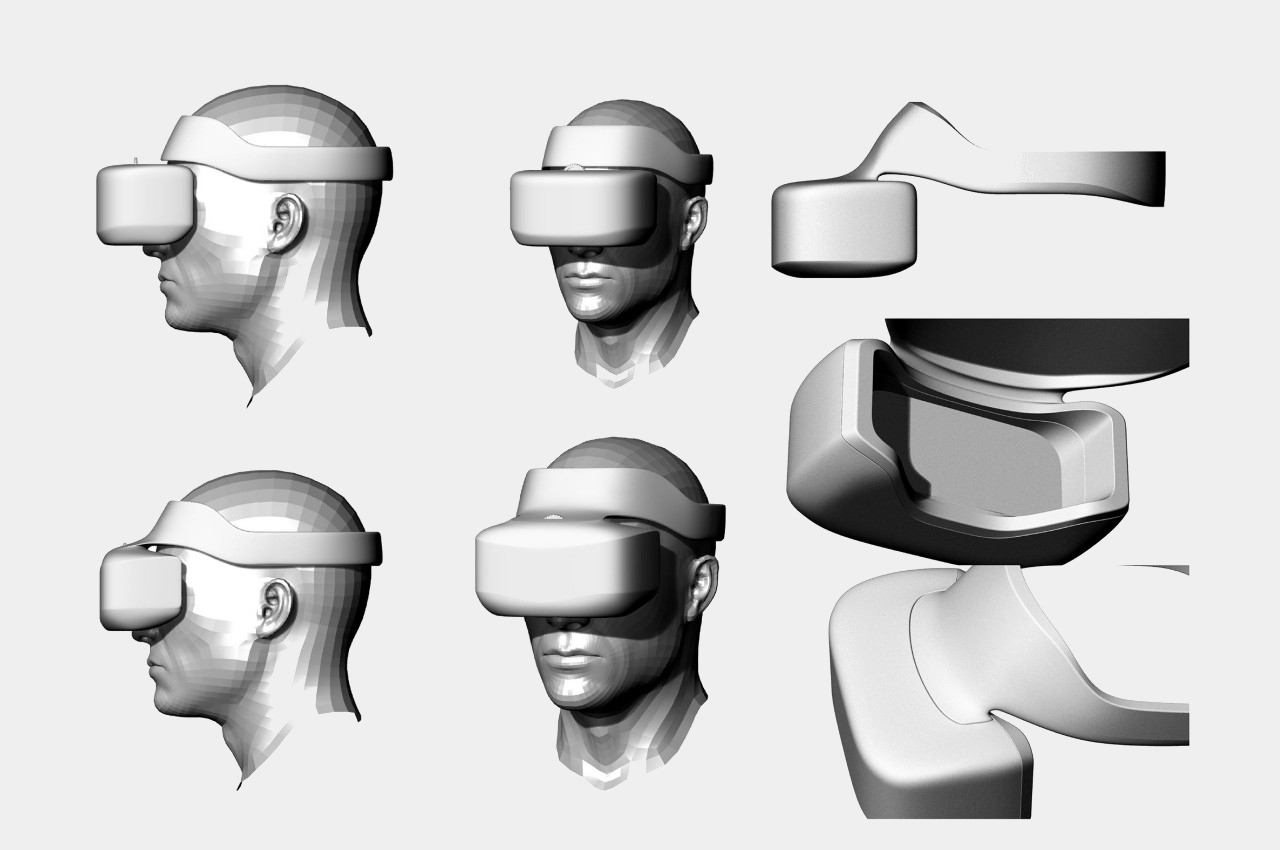
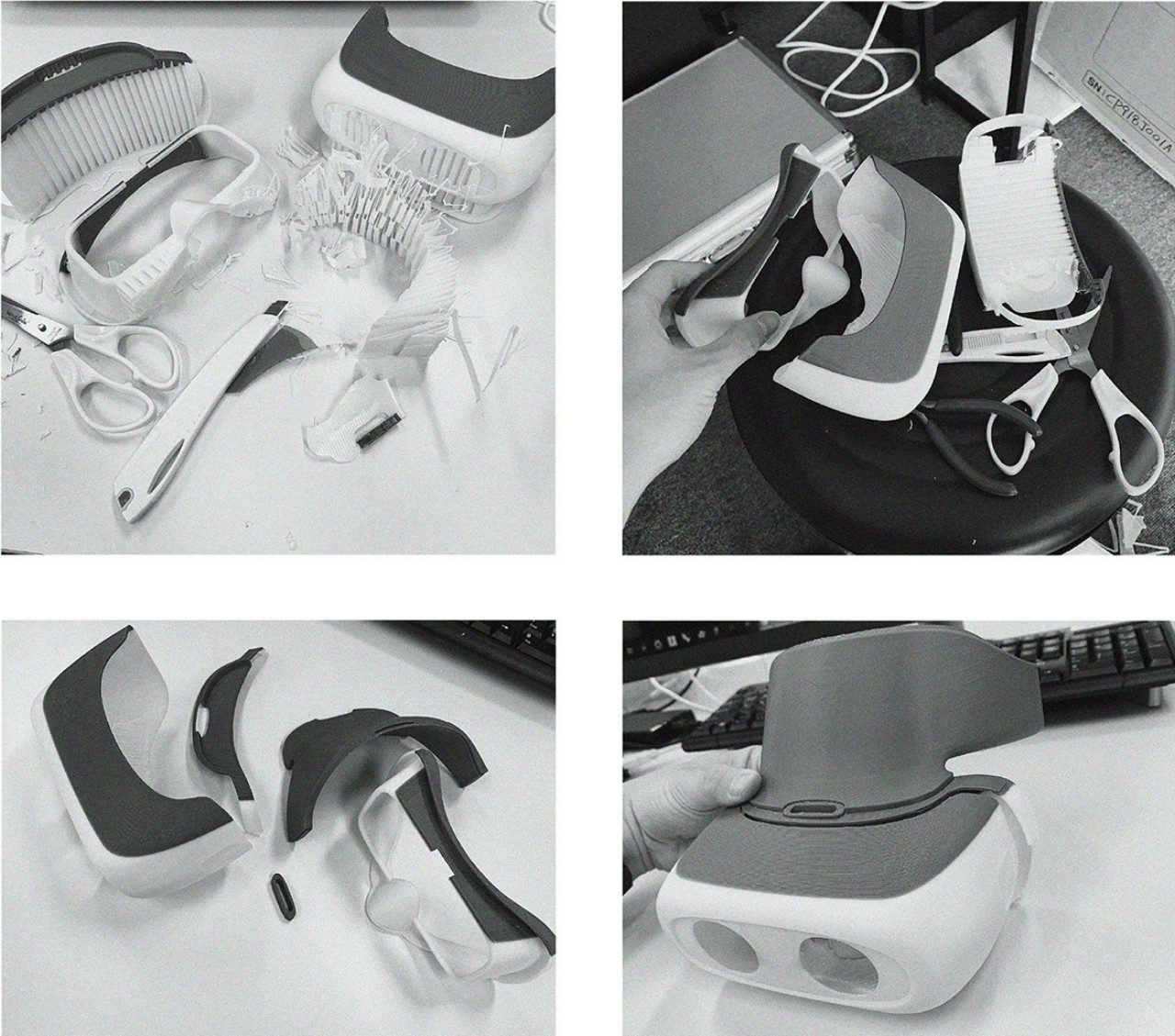
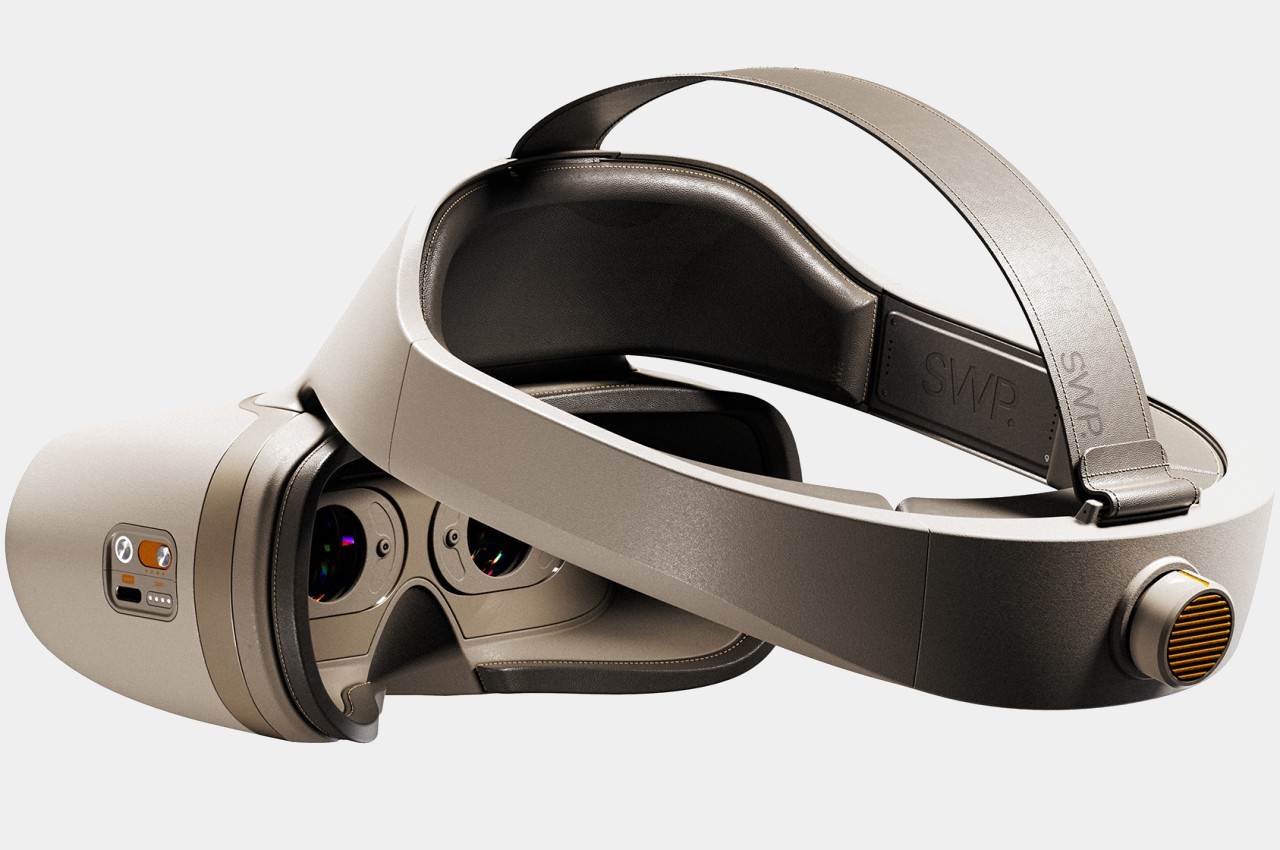
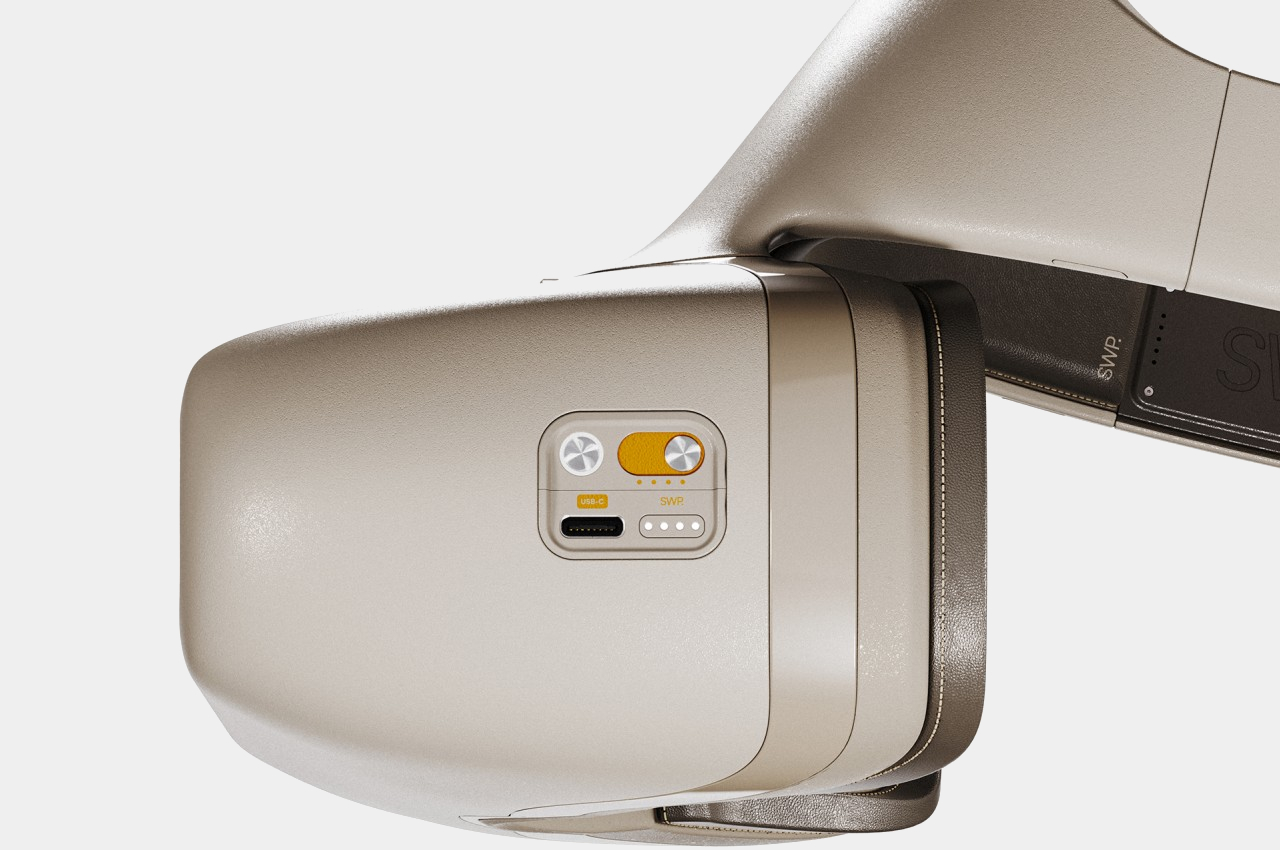
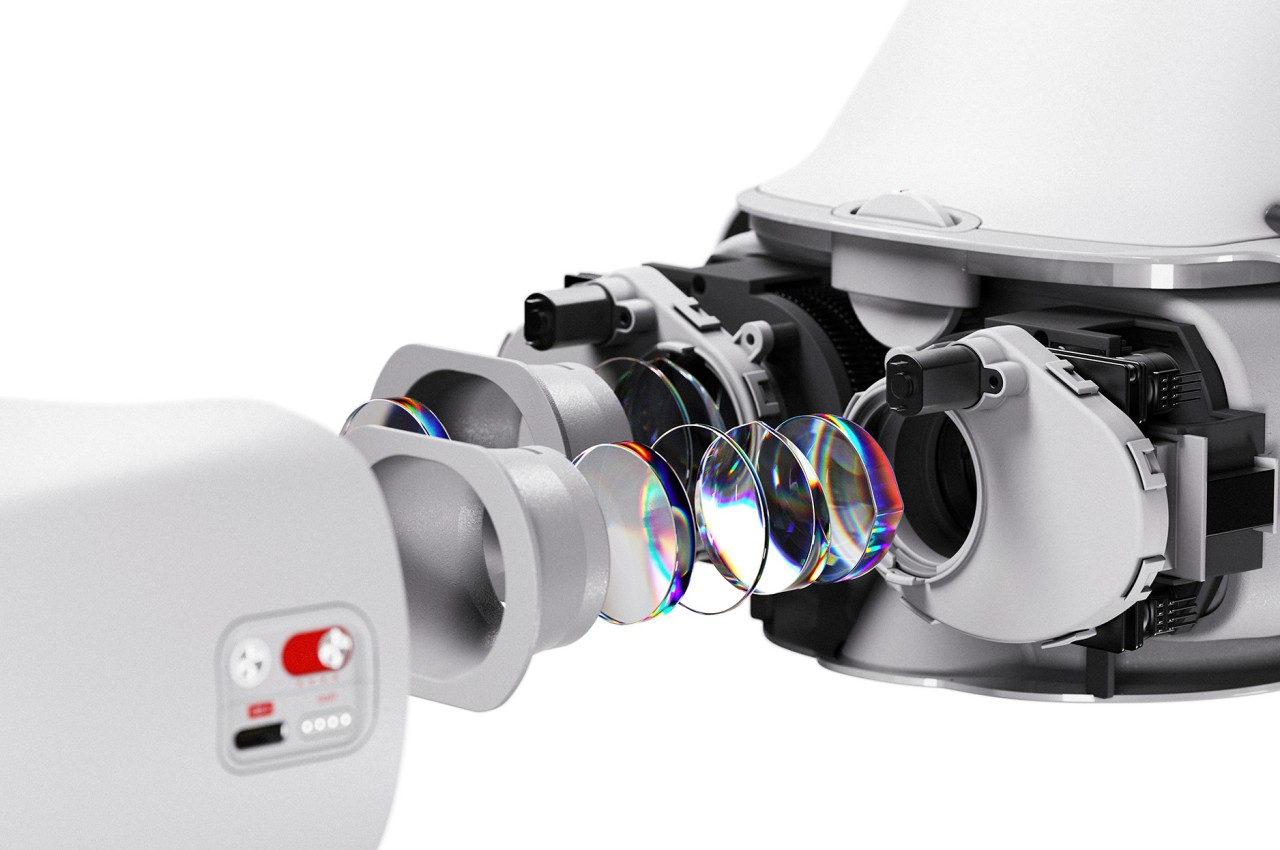

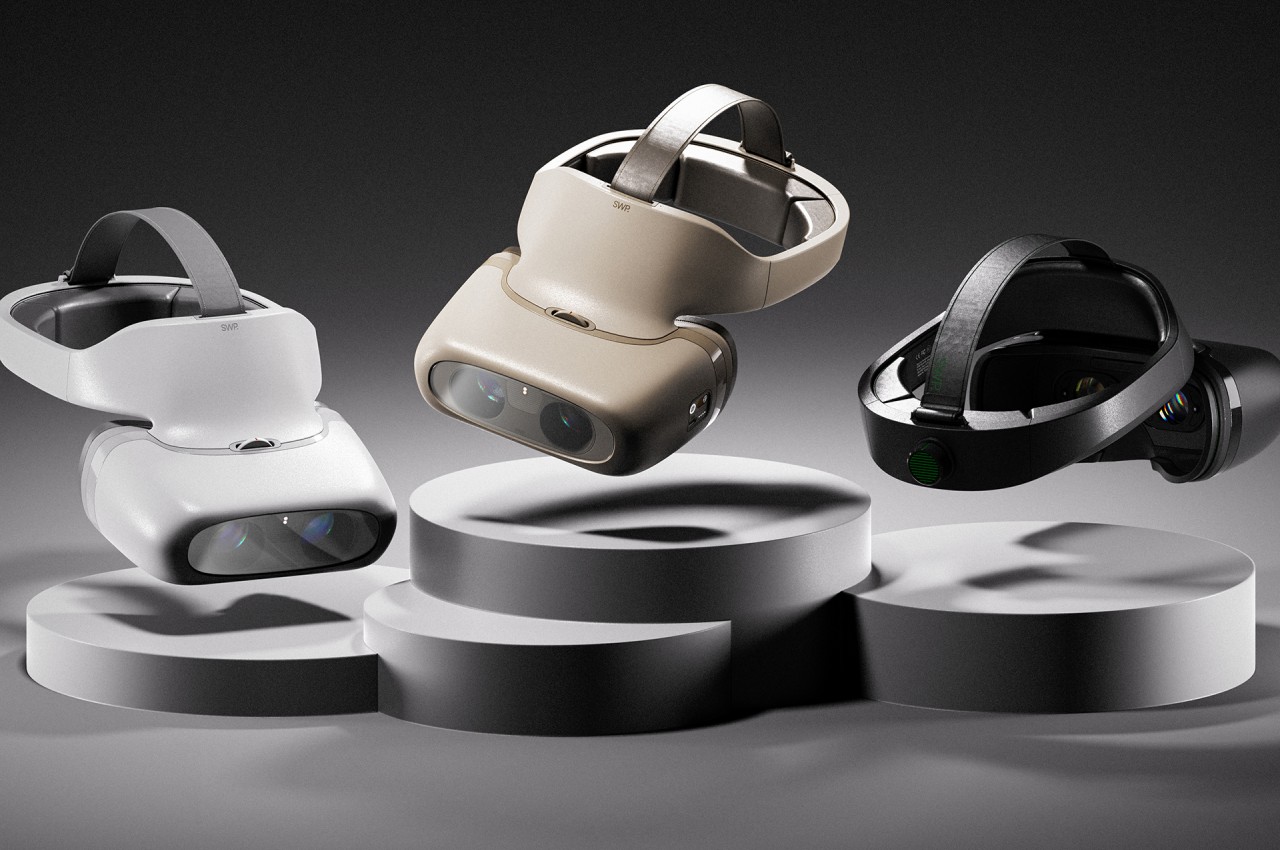
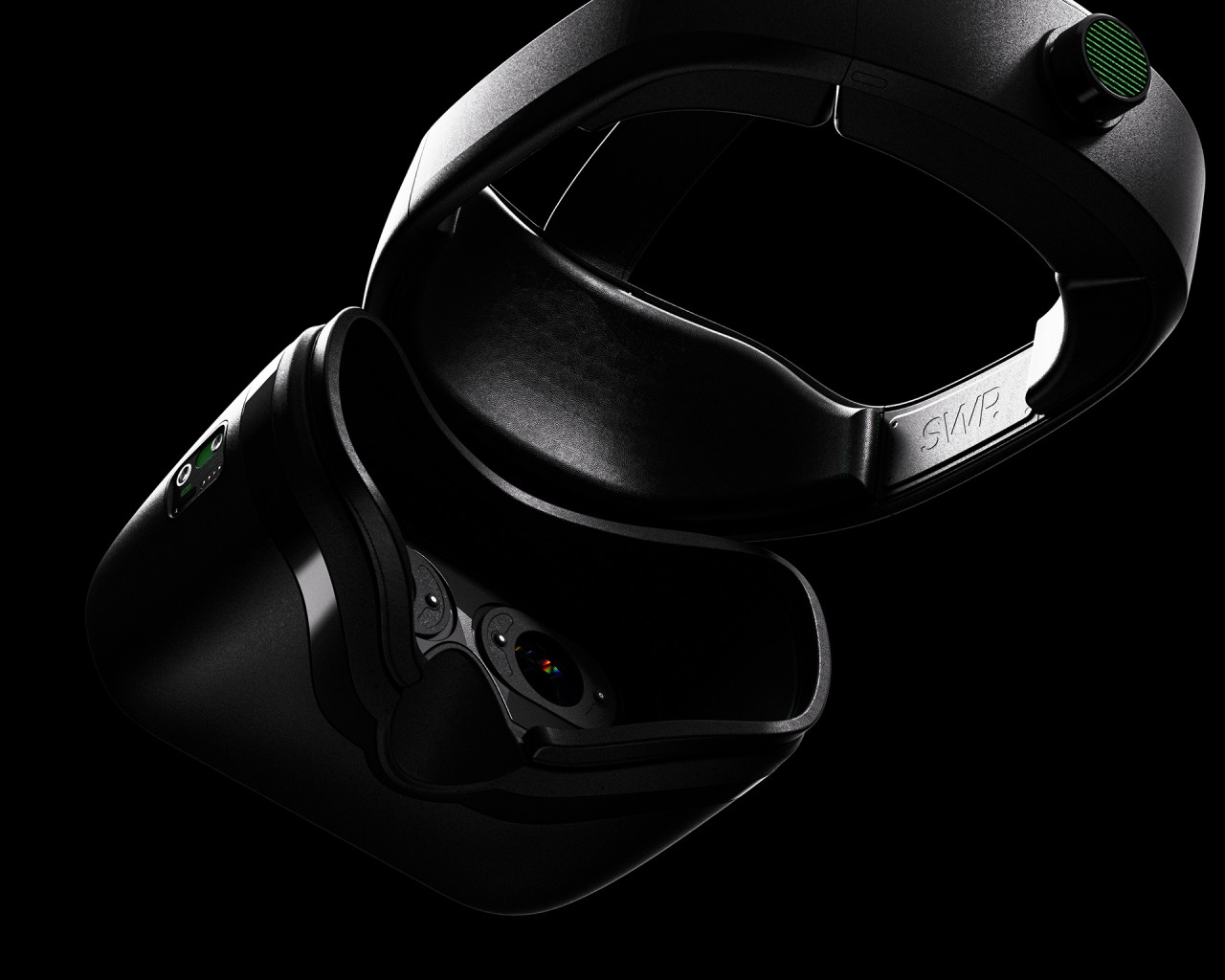
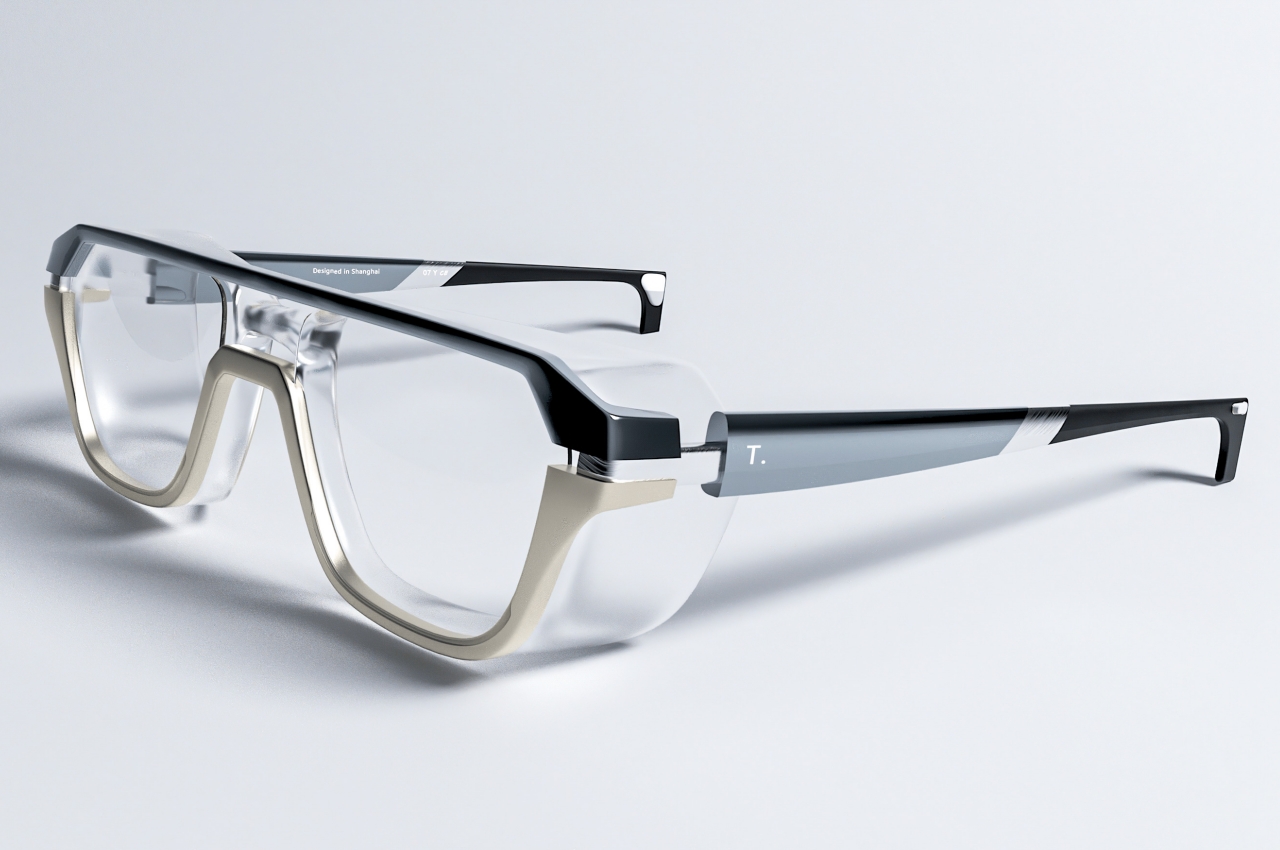
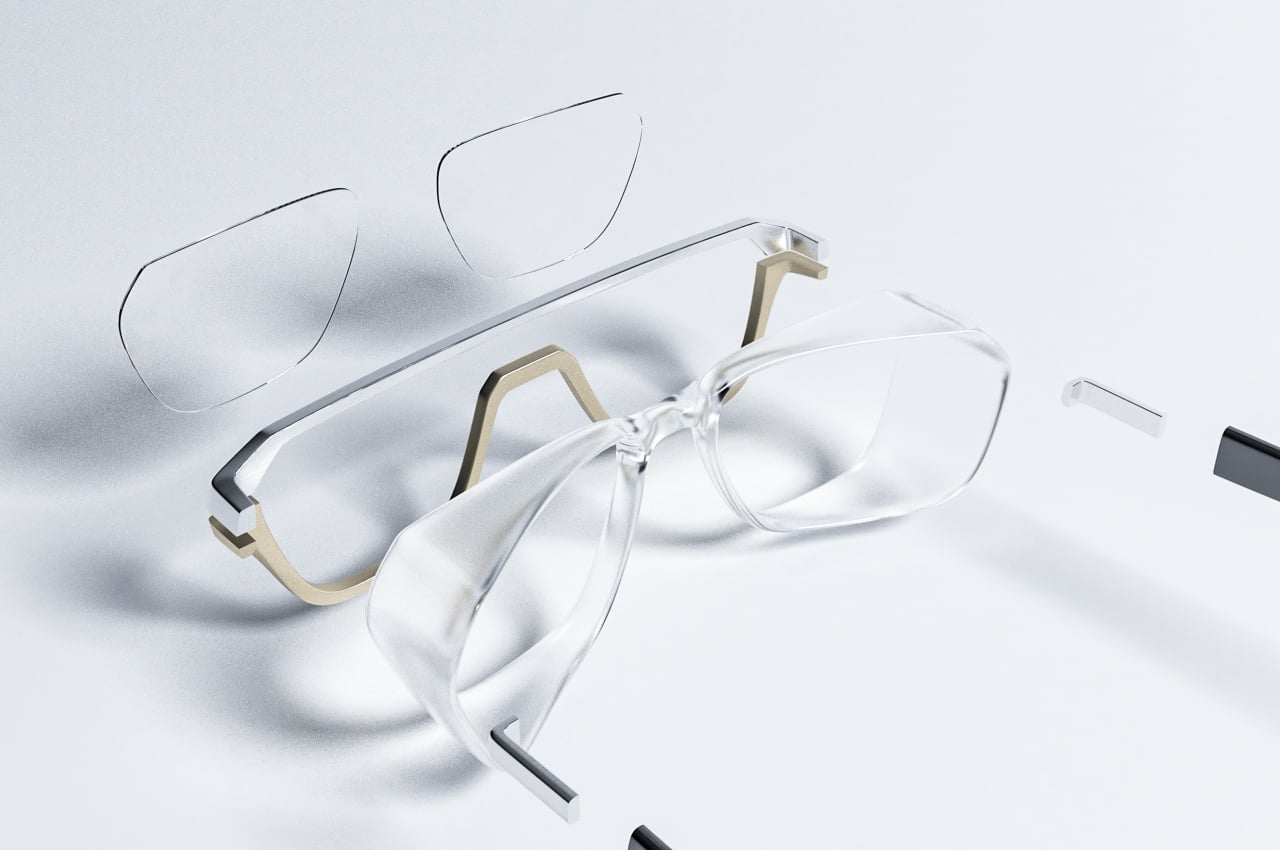
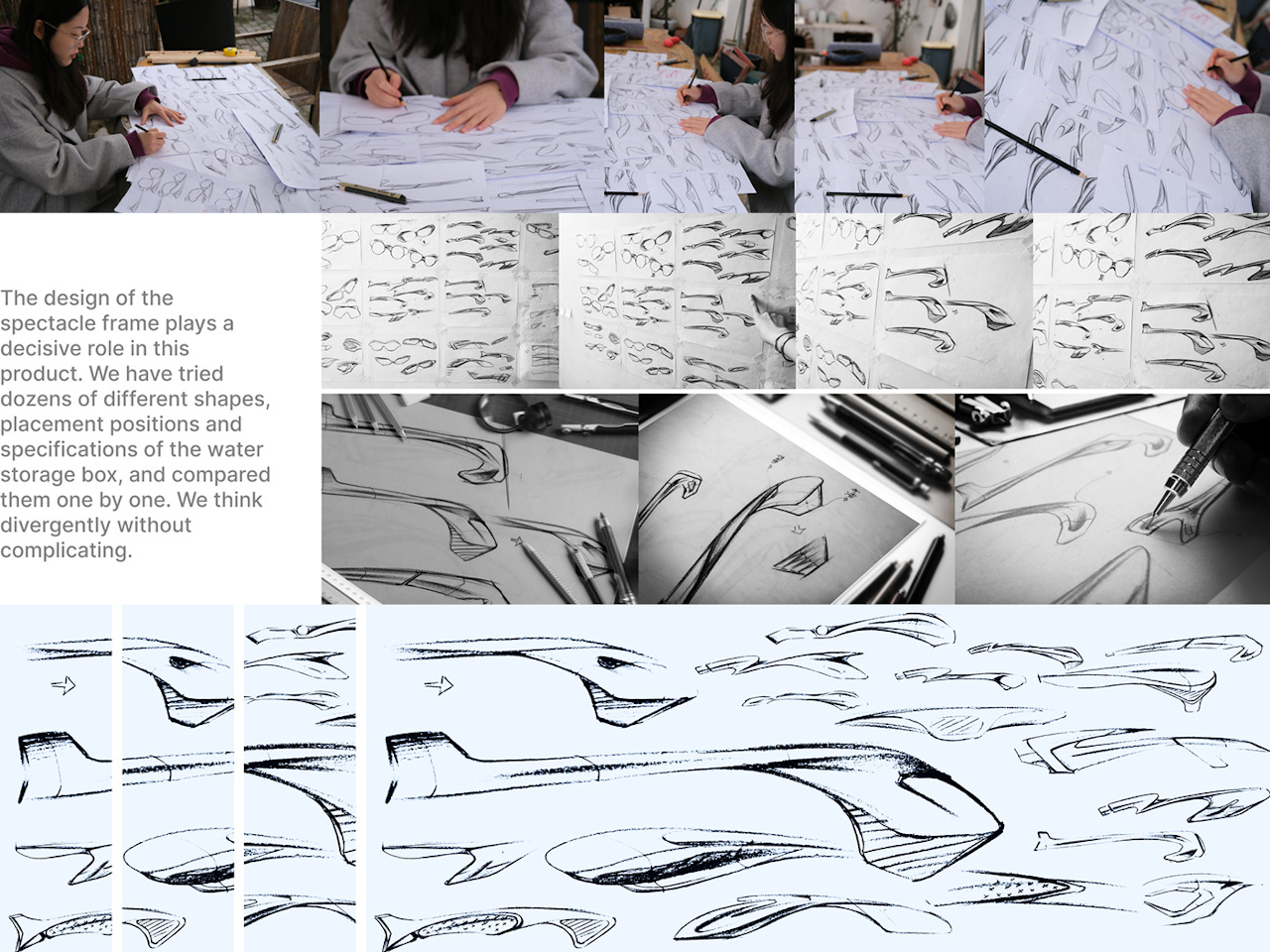
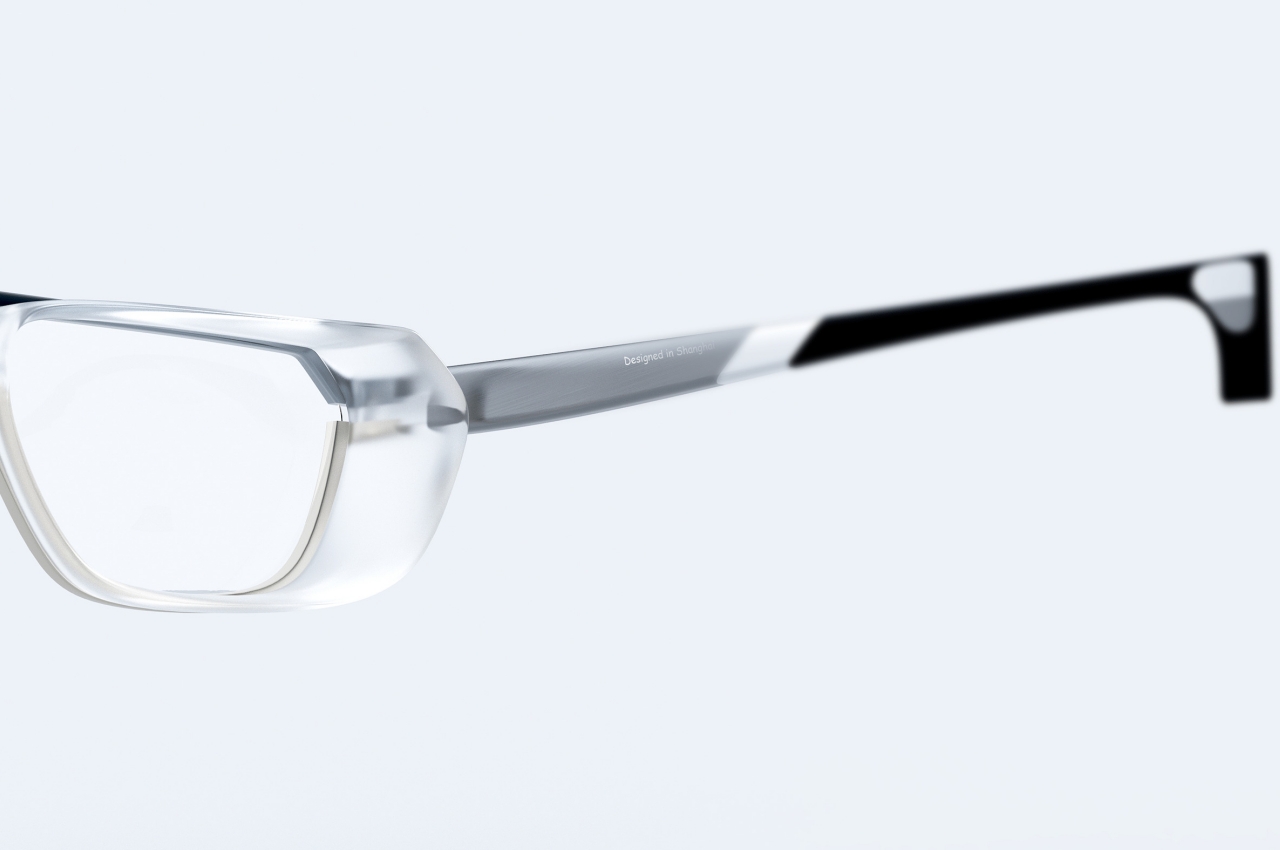
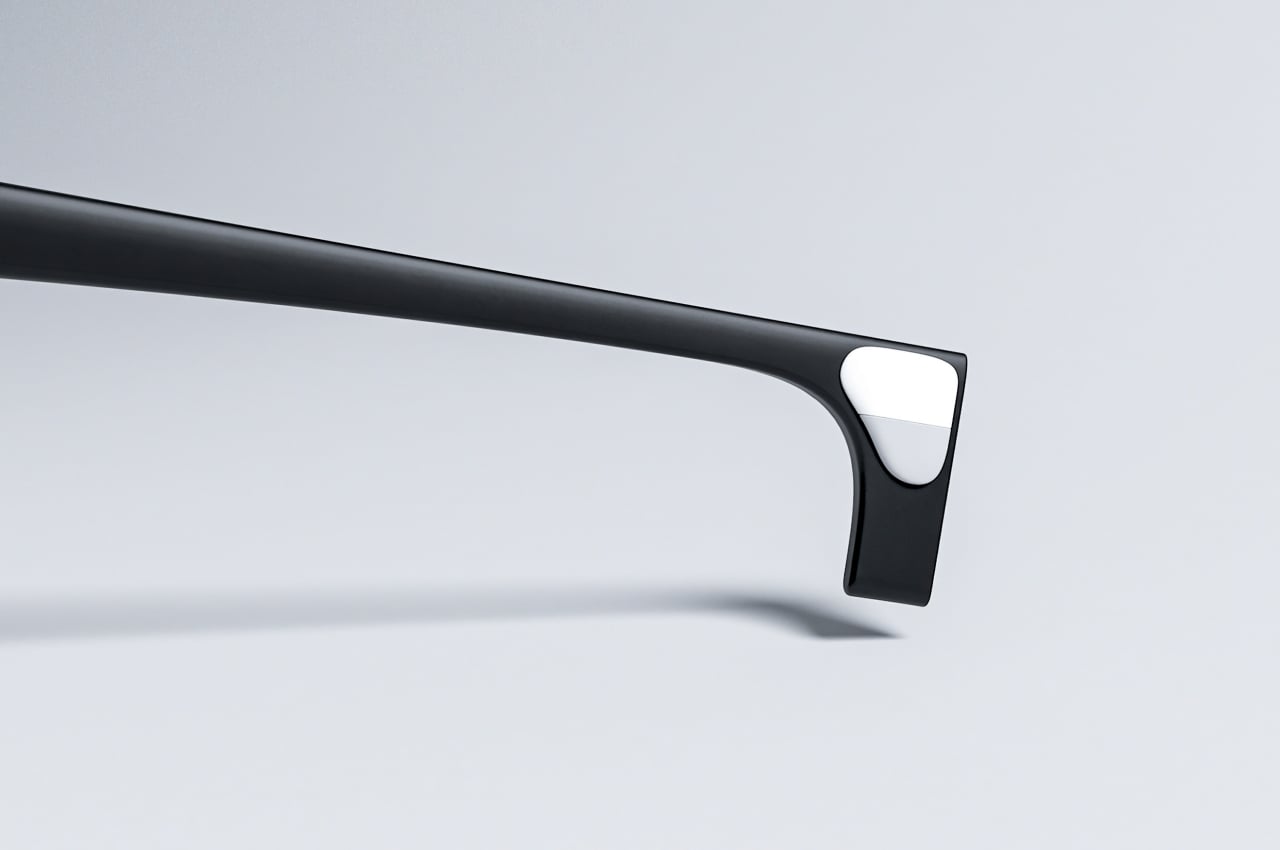
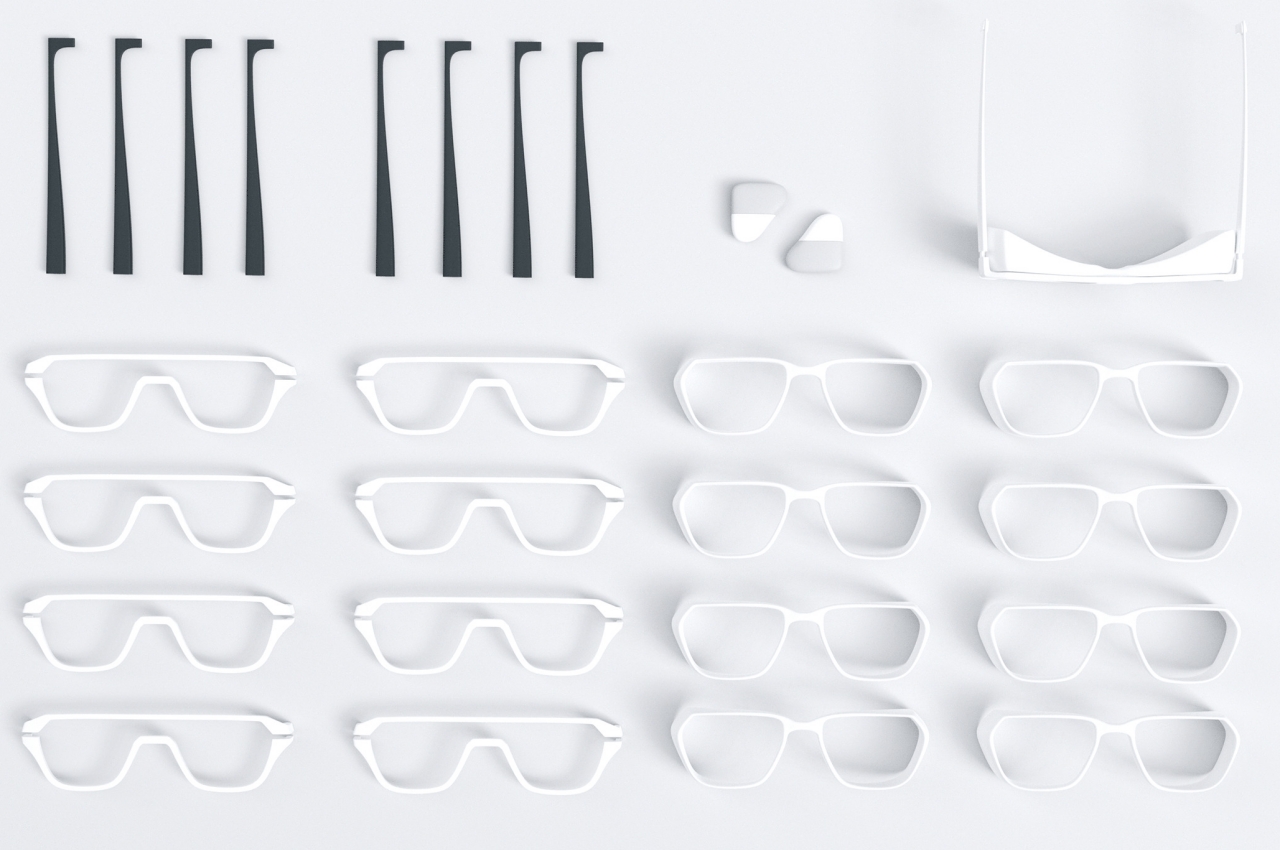


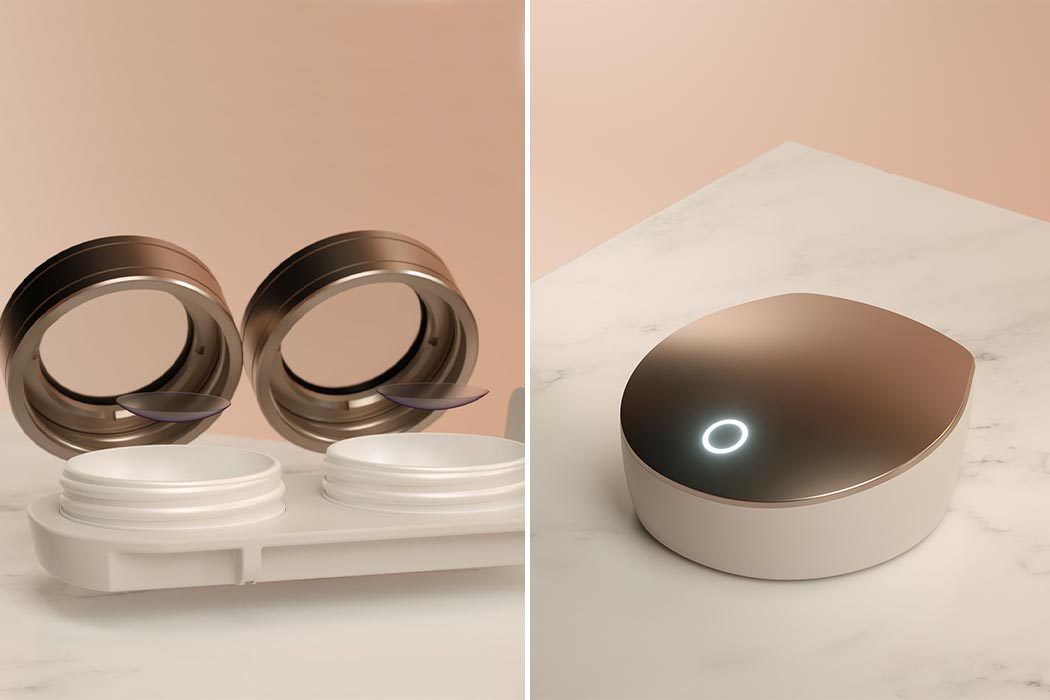
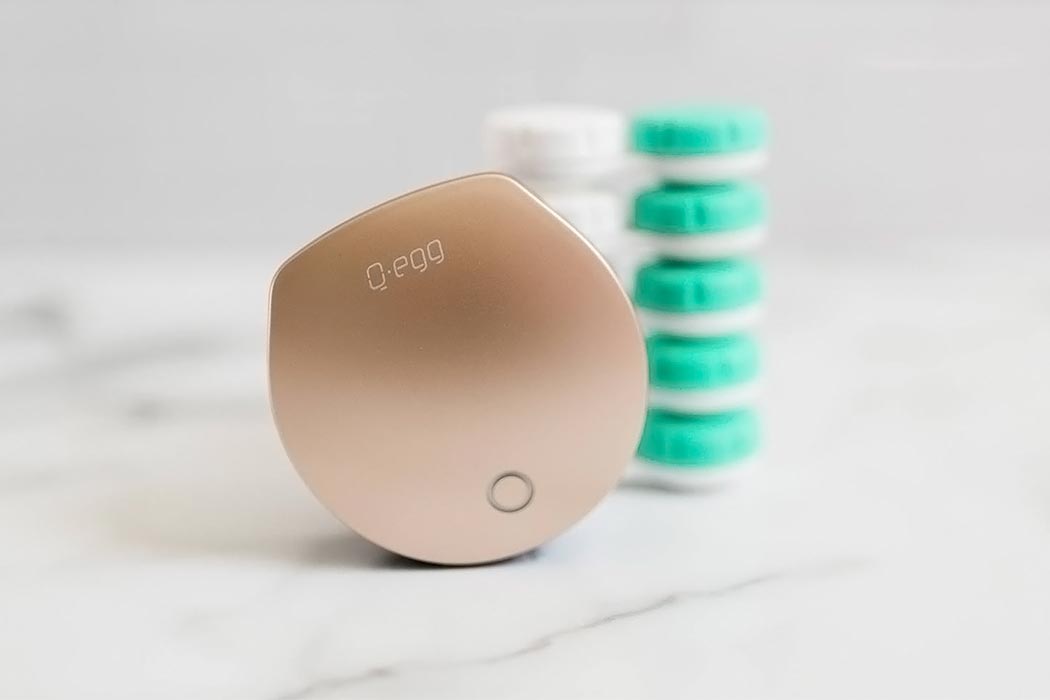
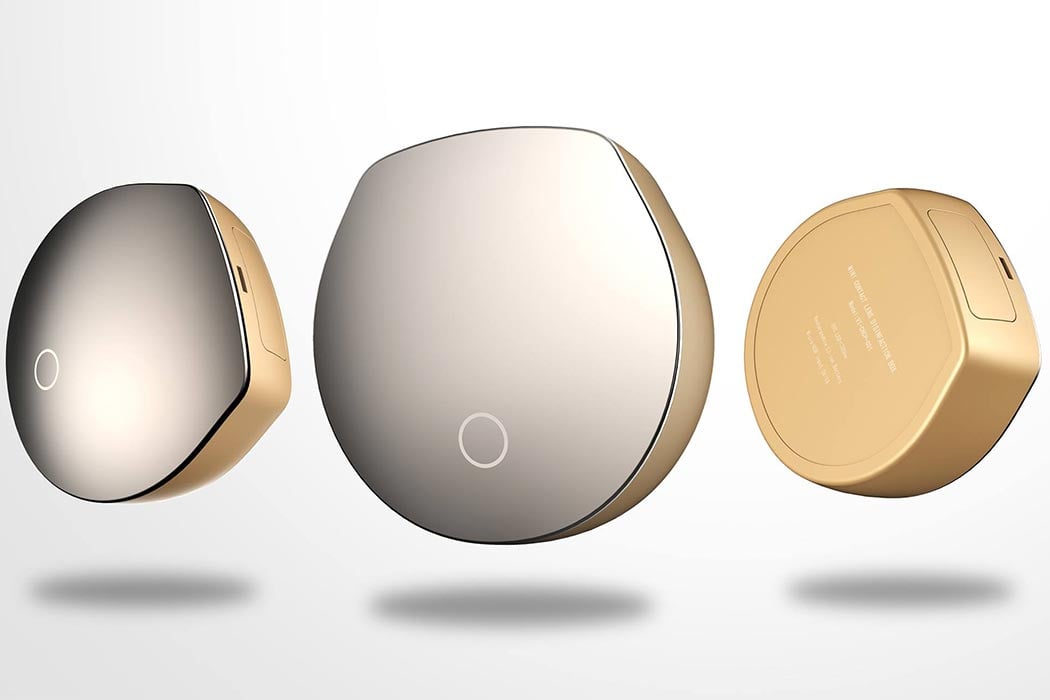
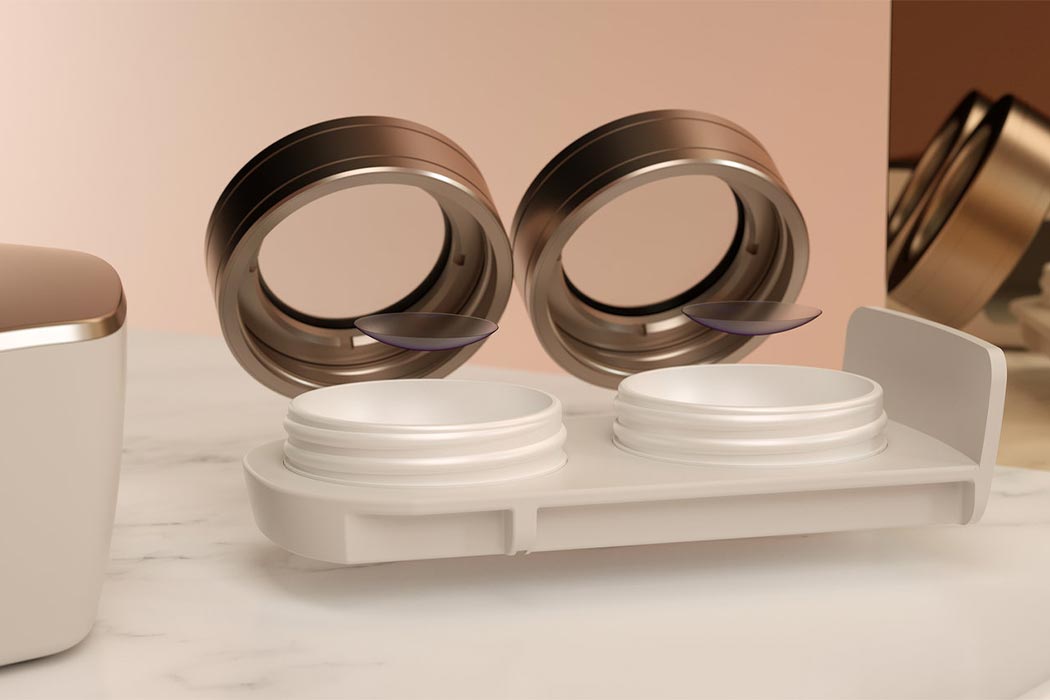
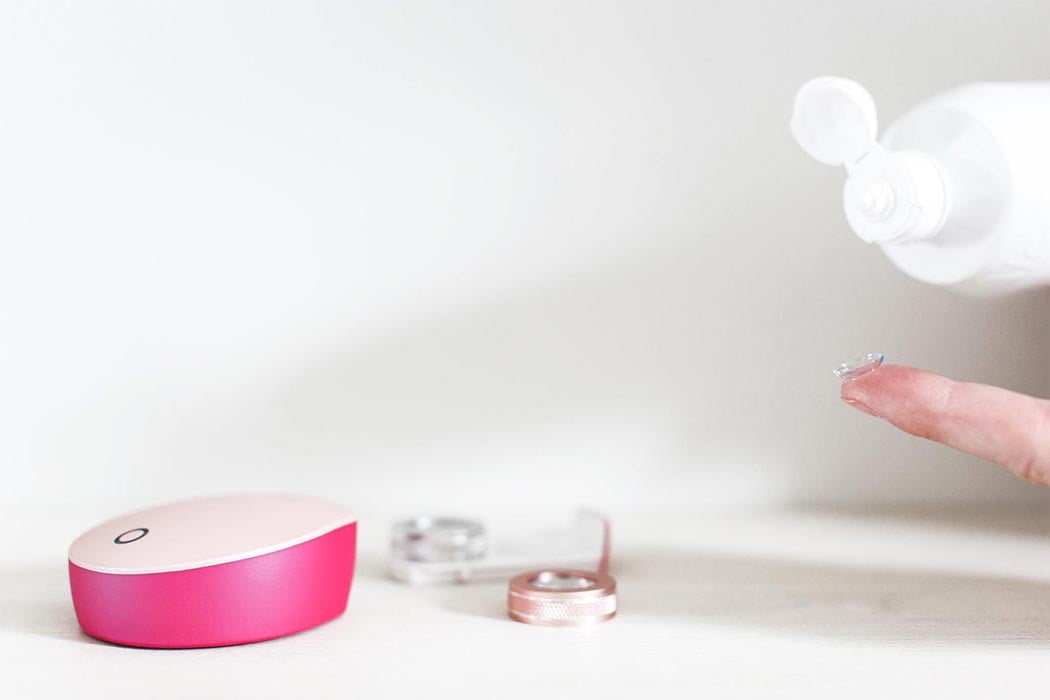
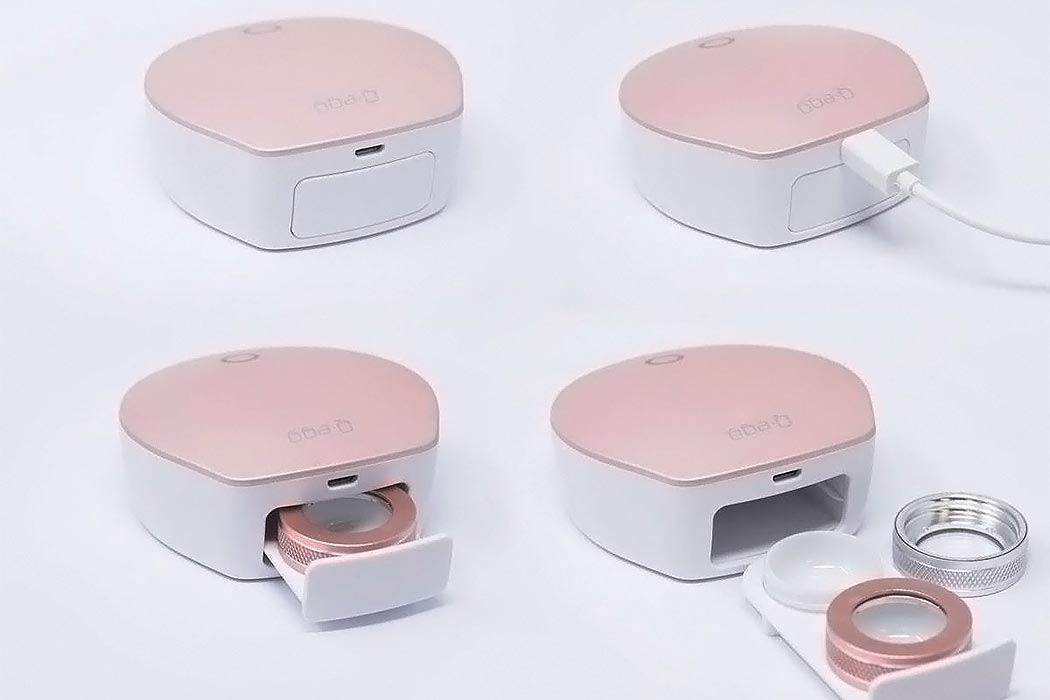
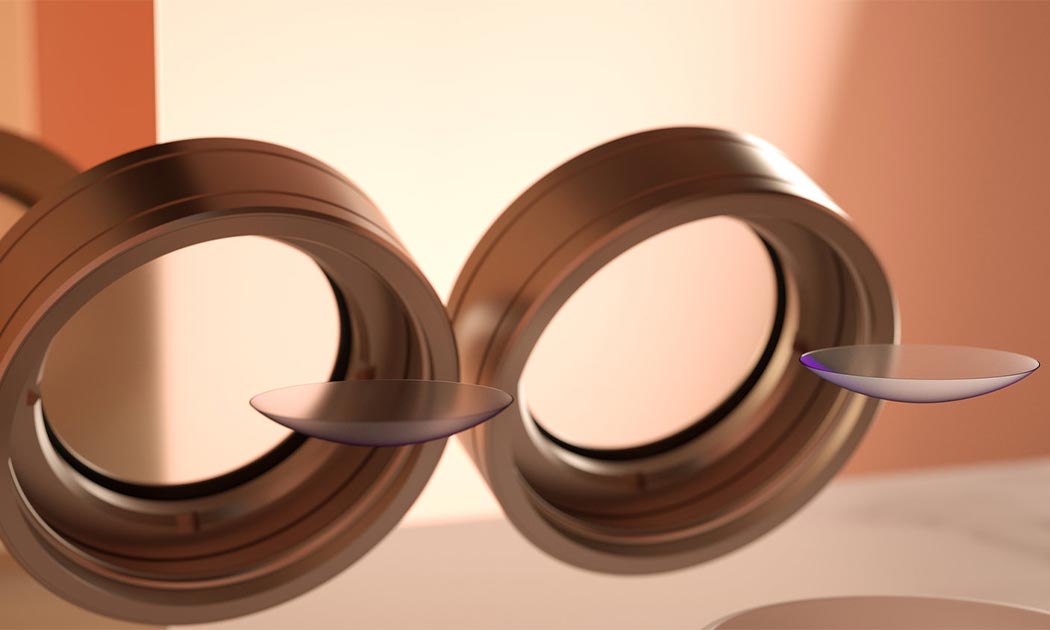
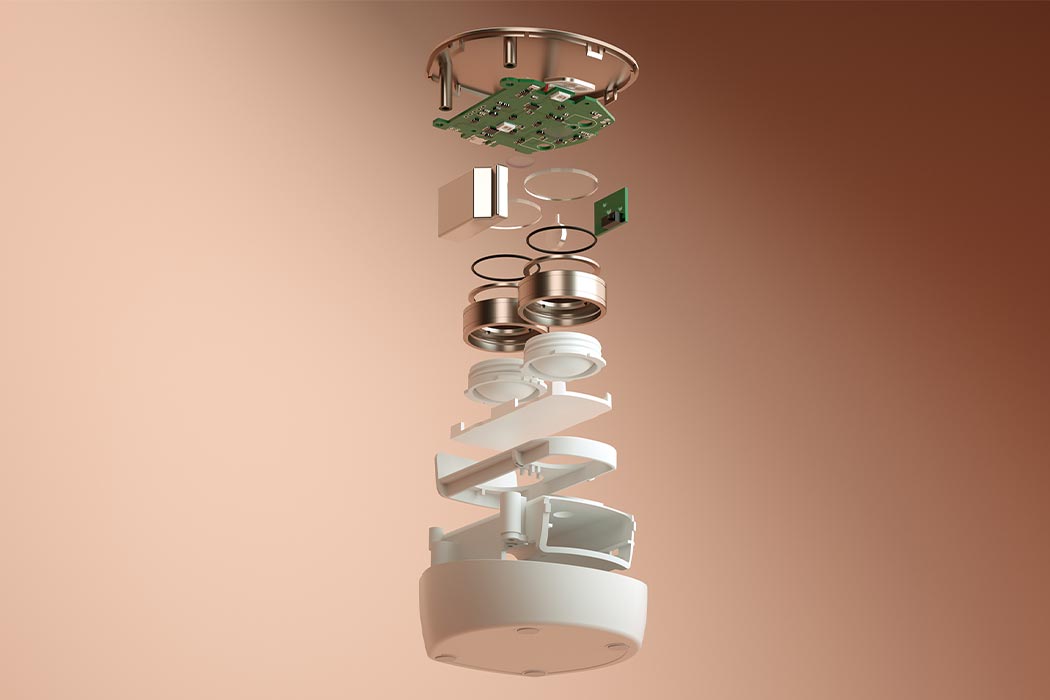
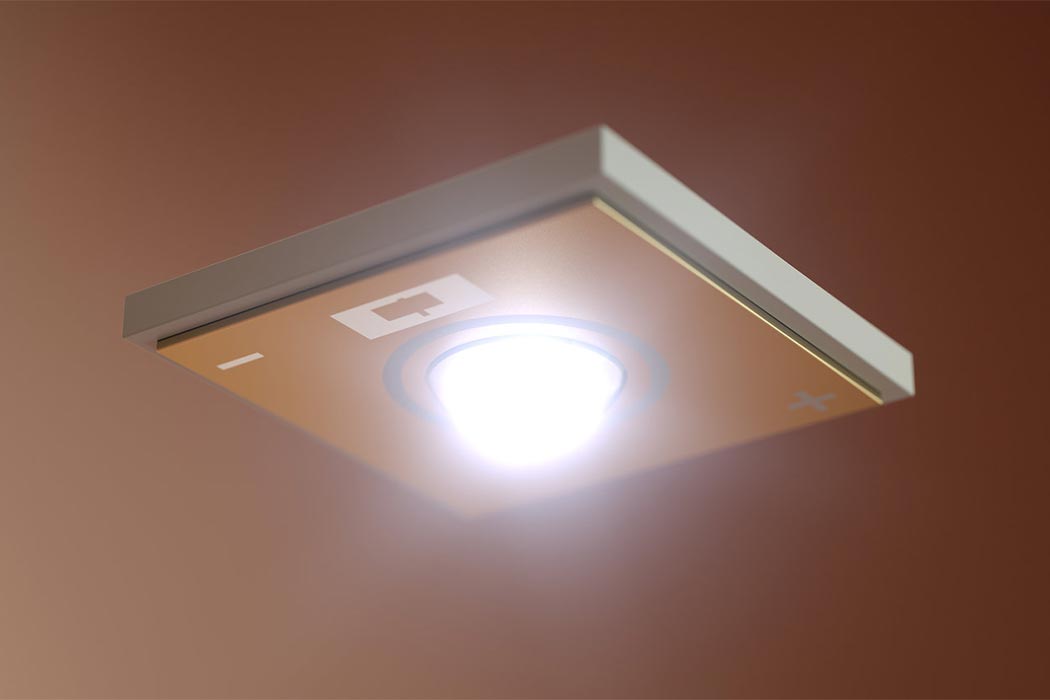
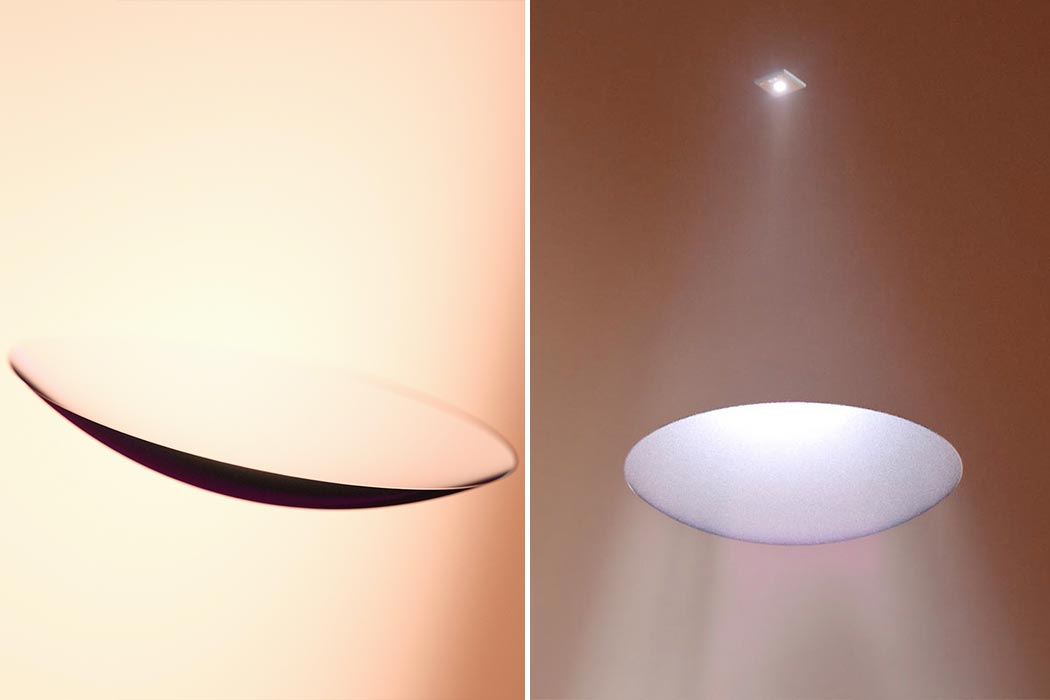
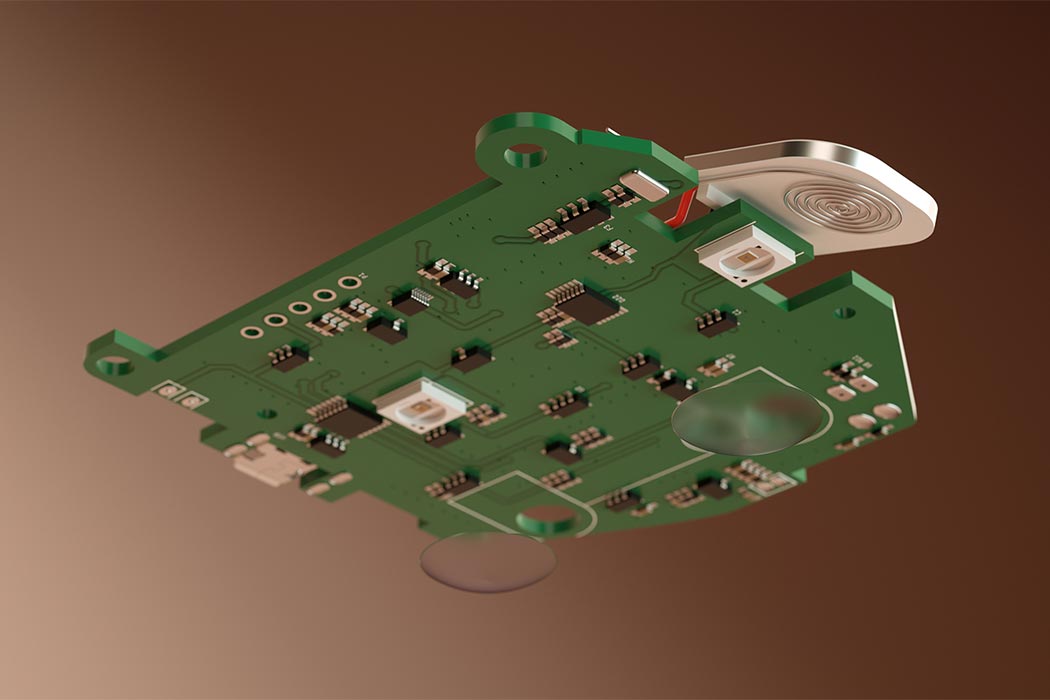

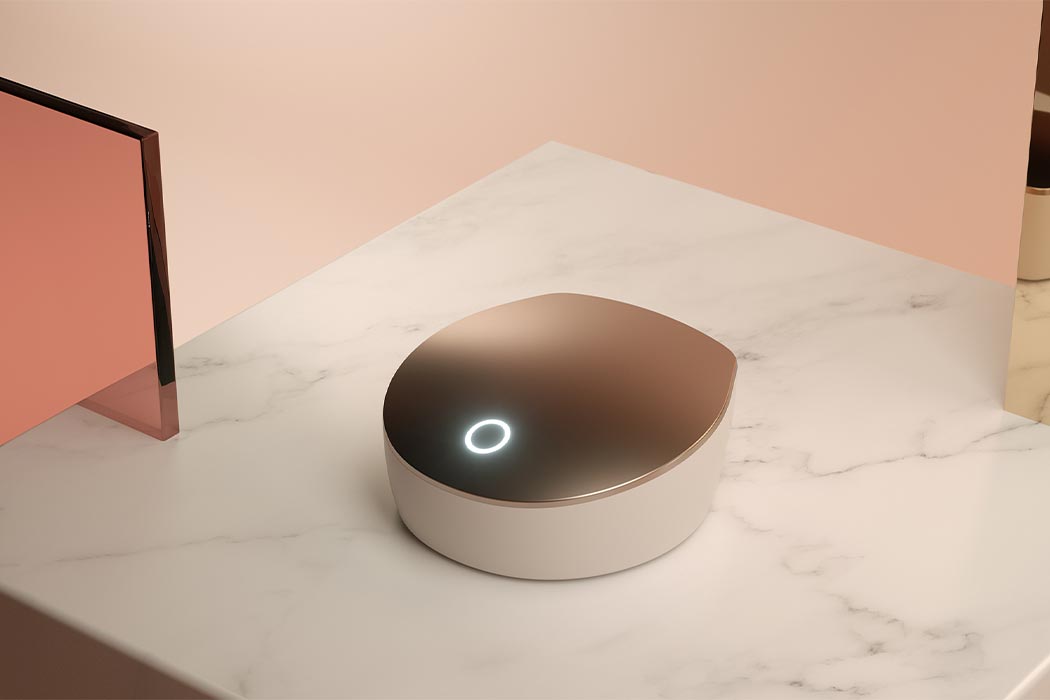
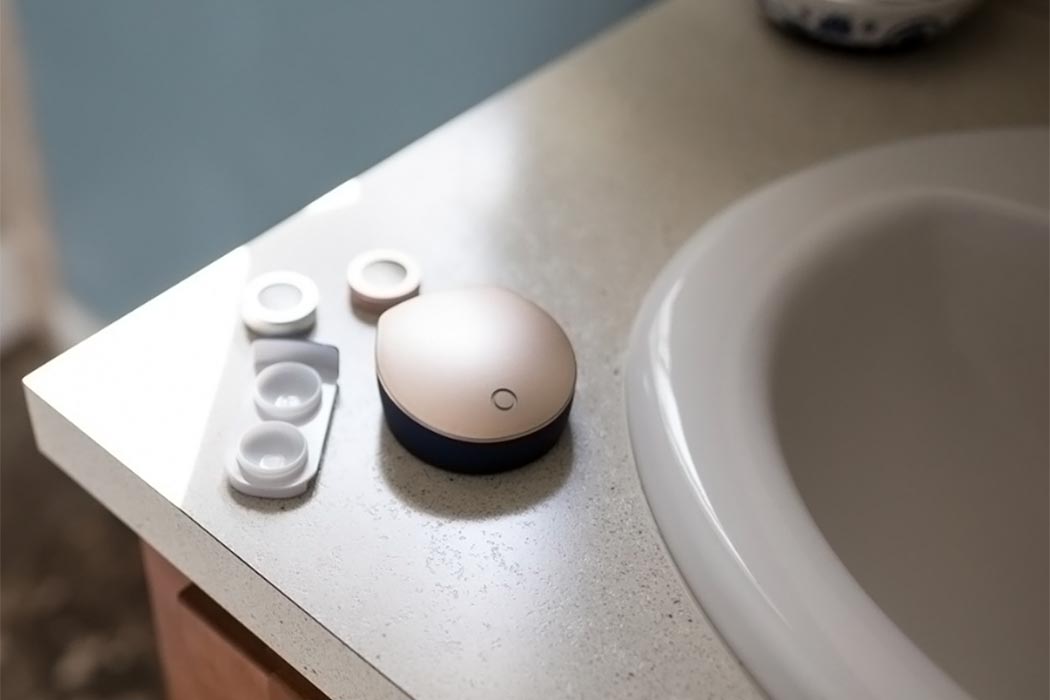
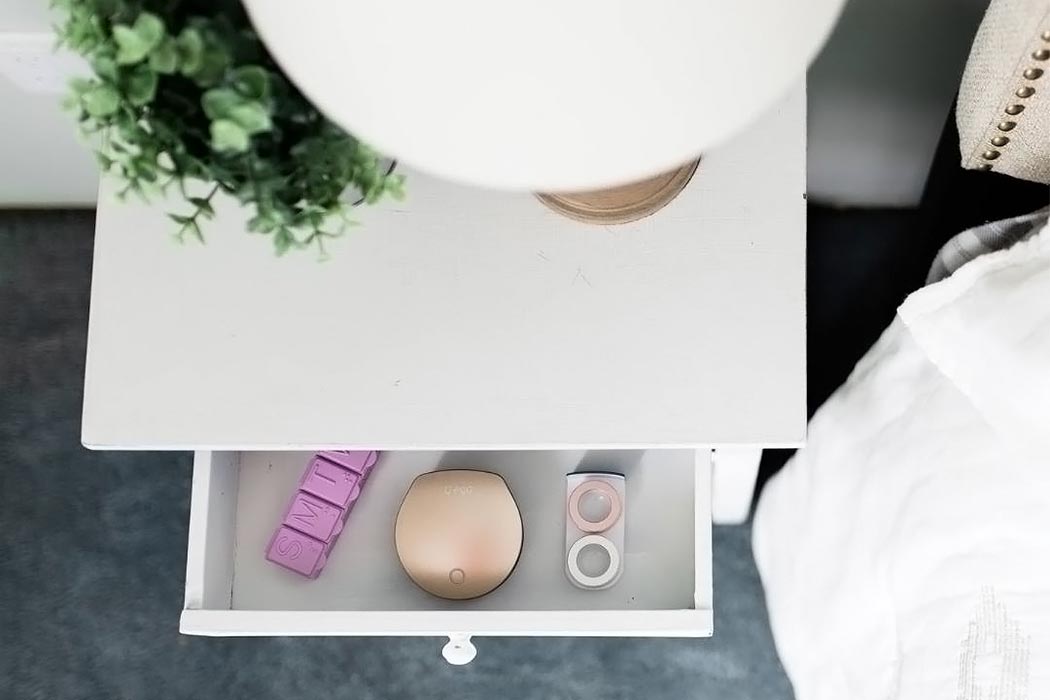
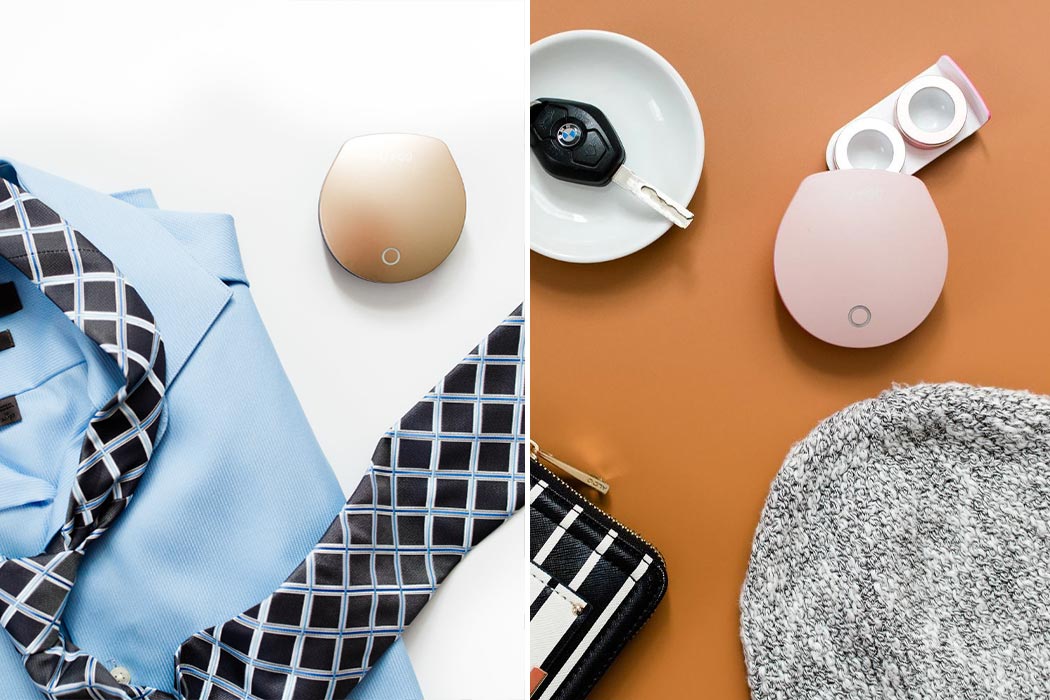
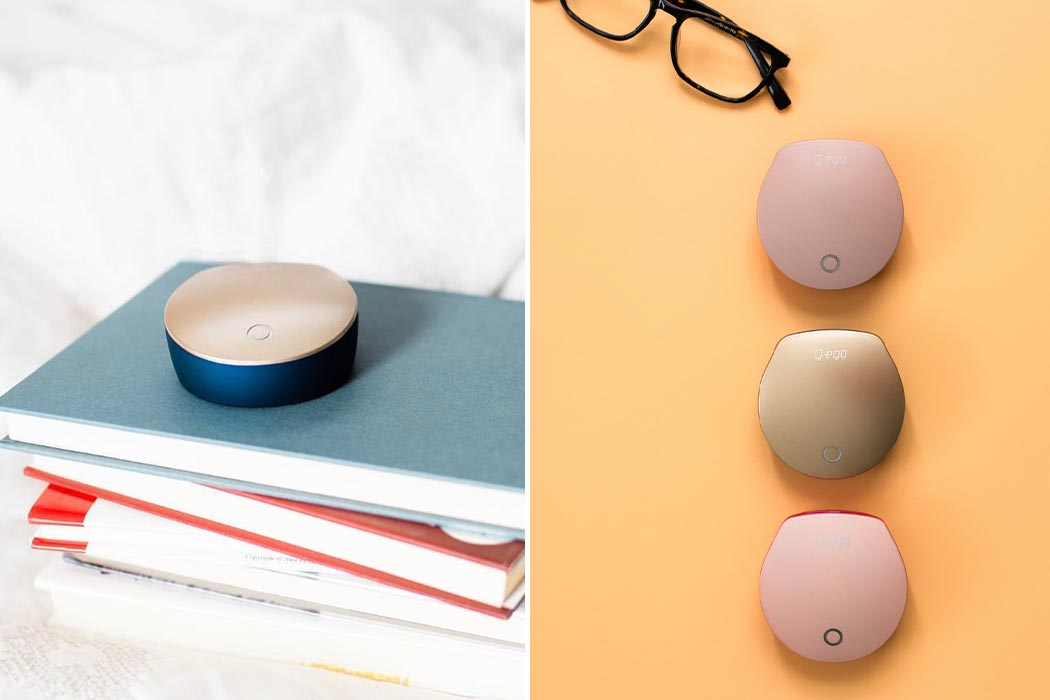
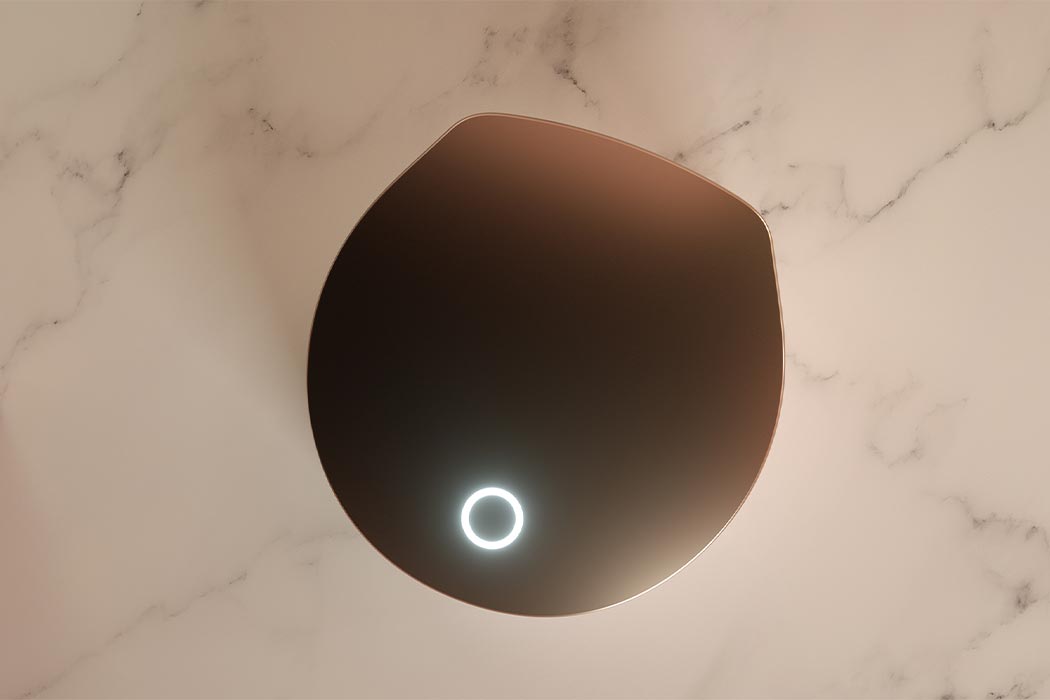


 It might soon be possible to catch eye diseases using just the phone in your pocket. Researchers have developed a CRADLE app (Computer Assisted Detector of Leukoria) for Android and iOS that uses machine learning to look for early signs of "white ey...
It might soon be possible to catch eye diseases using just the phone in your pocket. Researchers have developed a CRADLE app (Computer Assisted Detector of Leukoria) for Android and iOS that uses machine learning to look for early signs of "white ey...